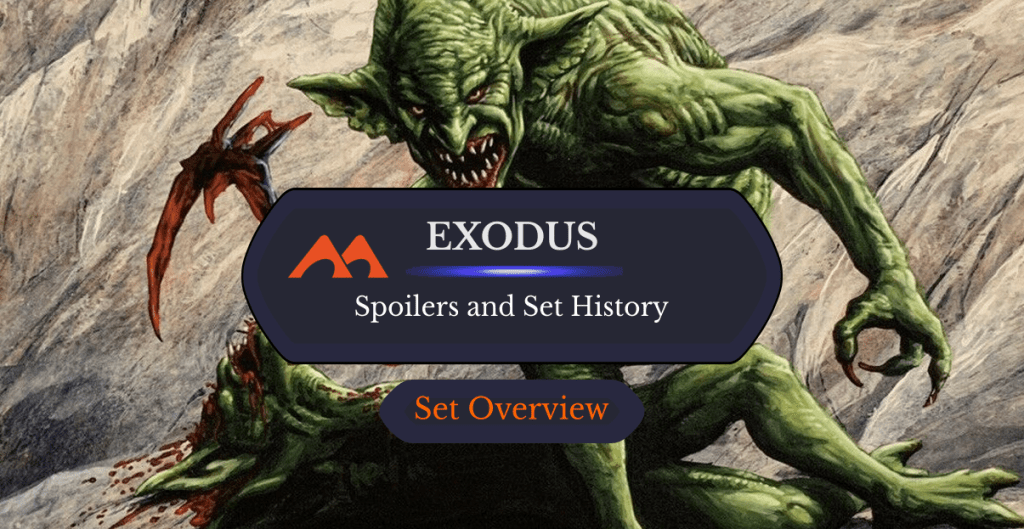
Survival of the Fittest | Illustration by Pete Venters
Exodus is a very, very old set – so old that, strictly speaking, Magic: The Gathering was a different game back then with different rules and card types that no longer exist.
The Exodus expansion is also old enough to be from a time in which some spells from each set were so powerful that Wizards of the Coast vowed to never reprint them in a tournament-legal, tabletop version. Those cards are now known as the Reserved list: cards we shall never see again printed on paper, and may only find their way into an online-only anthology like Tempest Remastered.
Let's take a look and see what this really old set has to offer!
Exodus Basic Information
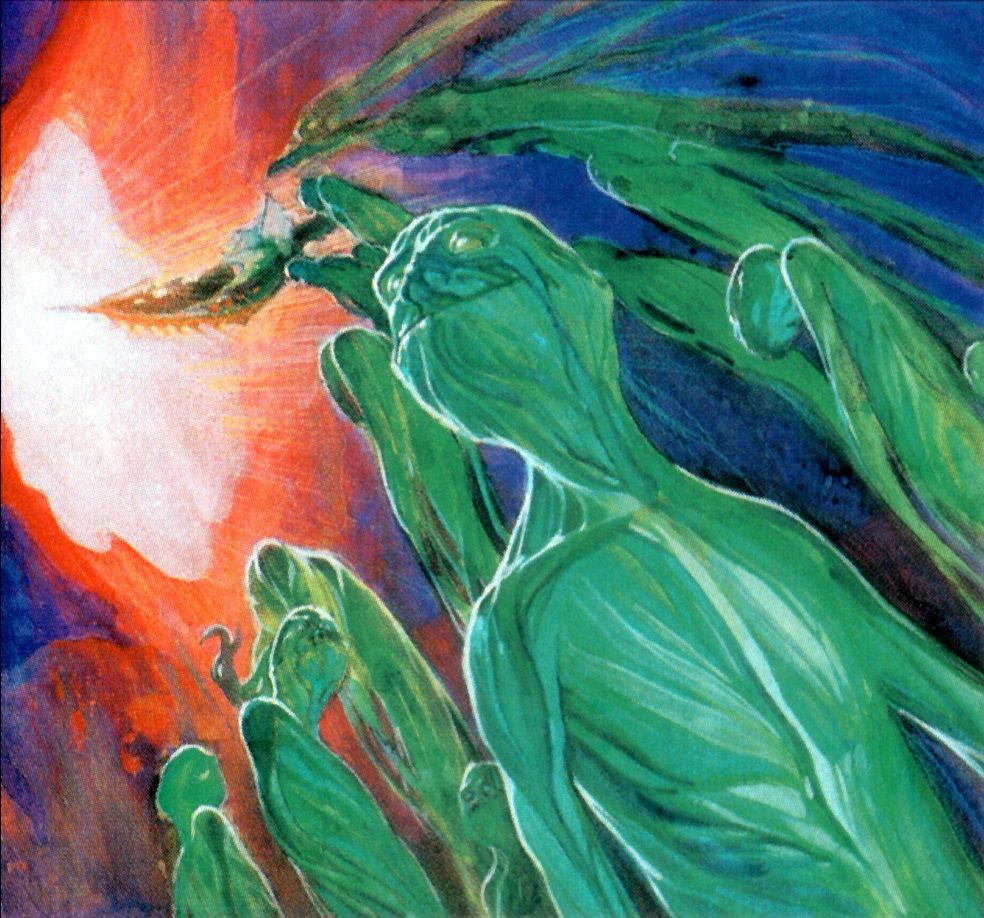
Aether Tide | Illustration by Andrew Robinson
Exodus, released in June 1998, is Magic: The Gathering's fourteenth expansion, and the third set in the Tempest block, which is officially called “the Rath Cycle” (as printed in all booster packs and preconstructed decks from this block).
Back at the time, MTG expansions were designed in blocks of three sets, a formula that started with Mirage in 1996 and that, with some tweaks, would last for nearly two decades. Each block consisted of one large expansion of about 350 cards and two smaller expansions of about 140 cards each. All three sets in a block usually (but not always; see Prophecy‘s case) shared themes and mechanics, with the small sets expanding on the large set's foundations. Tempest is the first (and large) set in the Tempest block, while Stronghold and Exodus are the following small sets.
Exodus added visual cues and information to cards that have become a mainstay since then: Exodus introduced a clear way to let you know a card's rarity. Crazy as it may sound nowadays, in early MTG days you had no way to tell if a card was a common or a rare just by looking at the card itself. There was no visual cue on it to signal the card's rarity. Exodus color-coded the expansion symbol to provide that information, using black for commons, silver for uncommons, and gold for rares.
Next to the copyright information, every Exodus card added the card's collector number and the total number of cards in the set.
Exodus: Set Details
| Set Symbol |  |
| Set Code | EXO |
| Hashtag | N/A |
| Number of Cards | 143 cards |
| Rarities | 55 commons, 44 uncommons, 44 rares including 1 rare land |
| Mechanics | Buyback, Shadow, abilities that work only if you have less resources than your opponent |
Exodus: Important Dates
| Event | Date |
|---|---|
| Set Release | June 1998 |
| Available on Draftsim's Draft simulator | No |
About the Set: The Story
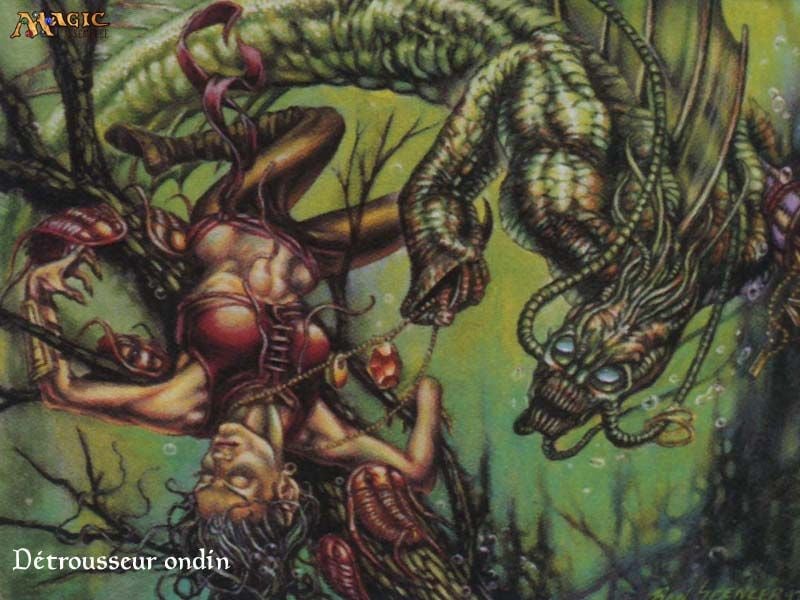
Merfolk Looter | Illustration by Ron Spencer
Exodus, and the whole Tempest block, continues the Weatherlight Saga on the stormy plane of Rath.
There's a lot going on here: The Weatherlight Saga is a fairly long tale, and, risking the wrath of many a Vorthos that may be reading these lines, dare I say that it's a tad convoluted at times? It starts in the Weatherlight expansion in 1997 and lasts until the Apocalypse expansion in 2001, and is narrated across several different novels, so here's just a very brief summary.
In Tempest, the Weatherlight crew (that's the good guys) arrives in Rath, an artificial plane that the Phyrexians (the really bad guys) use as a staging point to invade the Dominaria plane. The crew is trying to rescue Sisay, their Captain, but Volrath (one of the bad guys) and his forces attack the crew and steal all the Legacy Artifacts (the Weatherlight saga's MacGuffin) except Squee's Toy.
During the attack on the Weatherlight, Gerrard Capashen (one of the saga's main characters) manages to fall overboard but lands unharmed (as main characters are known to do) in the Skyshroud forest, where he'll befriend the locals which, luckily for the Weatherlight folks, are on not exactly good terms with the bad guys. Meanwhile, some members of the crew manage to get themselves captured by the aforementioned locals, and they reunite with Gerrard.
In Stronghold, the crew attacks Volrath's… wait for it… stronghold! I mean, yeah, the set's name is kind of a big spoiler here.
During Exodus, the crew rescues Sisay and the Legacy, and they try to escape the Rath plane through a portal. Epic fights ensue as the bad guys clash with the good guys and their newfound local allies.
Exodus Mechanics
Exodus did not add any new keywords to the game, but a handful of cards used the buyback and shadow mechanics introduced in Tempest.
There are also cards that care about the amount of resources each player has, triggering an effect if you are behind in that particular resource.
Buyback
Introduced in Tempest, buyback is a keyword on instants and sorceries that, if you pay an additional cost when casting, lets you return the spell to your hand after it resolves instead of going to your graveyard. For example, if you pay an extra 3 mana while casting Allay, it returns to your hand after resolution.
Exodus introduced two twists to buyback. In some cases, the additional cost is not mana, but some other condition (like paying with life, or discarding two of your cards). And there's also an artifact, Memory Crystal, that affects all buyback costs and reduces them by 2 mana.
- Allay
- Flowstone Flood
- Forbid
- Memory Crystal
- Pegasus Stampede
- Reaping the Rewards
- Shattering Pulse
- Slaughter
Shadow
A pretty straightforward keyword, creatures with shadow can only block or be blocked by other creatures with shadow. A great keyword to pair with another Exodus card, Curiosity, providing a synergy capable of spawning a whole archetype: mono-blue Tempo.
Tempest introduced the shadow keyword and has 27 spells related to it; Exodus would add six more creatures to the mix, although arguably none of them are among the best shadow creatures.
“Being the Underdog Matters” Cards
Exodus introduced two cycles of cards, the Oaths (rare enchantments) and the Keepers (uncommon creatures) that all check one type of resource and, if you’re the underdog in that particular race, provide some sort of bonus.
Specifically, the Oaths trigger an upkeep effect if a player is behind a particular resource, and they provide this effect for all players (that's to say, they provide what is known as a symmetric effect). Oath of Mages, for example, lets any player deal one damage to another player with more life than them during their upkeep.
There are five Oaths in total, and two of them turned out to be extremely powerful. Oath of Druids, which allows any player to put a free creature into play during their upkeep if another player has more creatures than them, is powerful enough to have been banned in Legacy. And Oath of Ghouls, which lets any player bring back a creature from their graveyard if said graveyard is more populated than their opponent's, has been included in the Reserved list, meaning it will never be reprinted.
Keepers are uncommon creatures that provide abilities if you’re behind a similar resource race. The effects provided by the Keepers require you to spend mana and tap the creature, and unlike the Oaths' effects they are not symmetrical (that's to say, only you can use them).
Lack of Slivers
Tempest introduced one of the typal-est creatures in MTG: Slivers. These hive-minded, ability-sharing creatures reached Rath when Volrath, after visiting an unknown plane, brought the Sliver Queen back with him; Slivers would also appear in Stronghold, and again in later sets from the Onslaught and Time Spiral blocks, and would become one of the most well-loved typal creatures in Commander…
… but, oddly enough, they are nowhere to be found in Exodus.
Exodus Card Gallery
White
Blue
Black
Red
Green
Colorless
Lands
Notable Cards
As noted earlier, Exodus is a very old set… so old, in fact, that you could argue that Magic was technically a different game back then, since it was played with different rules. Interrupts were a thing (a faster-than-instant spell speed that would resolve before anything else), the stack had not yet been introduced, and by the MTG designers' own admission the Magic rules were a pretty big mess back then.
This would change one year after Exodus: In 1999, the 6th Edition Core Set would bring the largest rules change in the game's history.
Exodus is also old enough to be from a time when some cards were so powerful and sought-after that Wizards of the Coast vowed never to reprint them, and thus MTG's Reserved list was born: cards that we'll never see in a future tournament-legal tabletop set (although they may be included in an online-only anthology, as with Tempest Remastered in MTGO), and are therefore so hard to come by that scarcity drives their paper prices quite high. “Through-the-roof” high, even.
And since Exodus is a pre-Modern set (the Modern format only includes cards printed after the 8th Edition core set, in July 2003), we'll never see cards from the Reserved list in Modern, Pioneer, or Standard decks. Your only chance to play with or against them are the Eternal formats: Vintage, Legacy, or Commander.
City of Traitors
City of Traitors is Exodus' through-the-roofiest-priced card of them all: a Reserved-list card that happens to be a Legacy staple while also very good in competitive EDH, and that would set your bank account back by around $300 should you want to buy one.
So, here's the trick if you want to casually wield this card's power while playing Commander with your friends: there's actually one sort-of loophole to WotC's never-reprint policy for cards in the Reserved list, and sometimes they see reprint as a gold-bordered (and therefore illegal in tournaments) version. In City of Traitor's case, there's the World Championship Decks 1999 version, which you can find at around $15-$20.
Survival of the Fittest
Also from the Reserved list and punchy enough to have been banned in Legacy, Survival of the Fittest is the other Exodus card worth north of $200. The power of a tutor effect pretty much on-demand is worth the price for the competitive-minded players, making Survival a staple of cEDH decks.
For the non-competitive-minded, the gold-bordered trick described for City of Traitors works here, too!
Soul Warden
In the opposite end of the price range spectrum (you can get it for less than $2), Soul Warden is Exodus' most popular card when you look at Commander decks databases.
Along with Soul's Attendant from Rise of the Eldrazi, Soul Warden is the backbone of a strategy nicknamed “Soul Sisters” that revolves around permanents that gain you life whenever a creature enters the battlefield. Pair these healthy sisters with somebody like Heliod, Sun-Crowned and you can start machine-gunning +1/+1 counters all over your creatures.
Coat of Arms
Speaking of machine-gunning +1/+1 buffs among your creatures, Coat of Arms provides a +1/+1 anthem for your troops (what in MTG lingo is usually called a “lord effect“) that even scales with your army's size.
Coat of Arms dodged the draft into the Reserved list and has seen several reprints, so in spite of its massive power and popularity, the price is at a more reasonable $15-$30 depending which set it's been reprinted in, and the original Exodus version is at around $22-$25 at the time of writing.
Culling the Weak
Very popular in Commander, Culling the Weak is excellent in any black deck willing to make some sacrifices (as in pretty much every black deck out there…) and it has never been reprinted… but, hey, it's a common, so you can usually find it for less than $10!
Curiosity
Curiosity costs just cents for a change, but it's so good a spell that its name is also the collective label for a bunch of cheap auras with a similar effect of drawing you cards any time the creature deals damage. What's more: when paired with unblockable attackers (like, say, creatures with shadow), Curiosity effects gave rise to a specific archetype, mono-blue Tempo.
Curiosity is arguably the best of these Curiosity effects (and overall one of the best cheap auras in Magic). Other versions, like Curious Obsession, tend to only consider combat damage, whereas the original Curiosity triggers off any damage. So, say, slap it on Niv-Mizzet, Parun and you can go ping, draw, ping, draw, ping until your foe's dead. Or you deck yourself out, whichever happens first.
I mean, drawing cards is the best thing in the world, and that's just an objective fact; but there can also be too much of a good thing, so keep one eye on your foe's health, and another on what remains of your library!
Reconnaissance
Now, here's a weird card, and one which does exactly what its name (and flavor text) implies: Reconnaissance allows you to launch an attack, see how your opponent blocks, then get any of your attackers out of harm's way.
Notice that you just take your attackers out of combat, not the battlefield, so your creatures won't be able to dodge removal spells.
Limited Resources
It's no secret that the Commander format loves cards that scale with the number of players at a table… and, as such, it should be no wonder why Limited Resources is one of the few cards banned in EDH. Limiting the total amount of lands on the battlefield to 10 is just too restrictive and too much of a killjoy.
Available Products
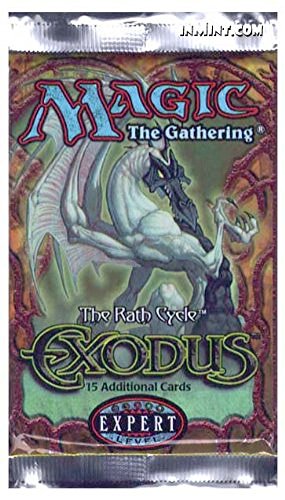
Exodus was sold in 15-card booster packs (back then, unlike nowadays, there was a single type of pack) and in four preconstructed decks. As noted, they all have “The Rath Cycle” clearly printed on them, and the same is true with Tempest and Stronghold boosters. Everybody still calls these sets “The Tempest block”, though.
Since Exodus was a small expansion, the preconstructed decks also included cards from Tempest and Stronghold, the previous two expansions in the Tempest block:
- Dominator, a blue deck focusing on creatures.
- Groundbreaker, a black-red deck dealing with land destruction.
- White Heat, a white-red deck going for lots of cheap white creatures and damage-dealing red instants.
- Widowmaker, a blue-black deck focusing on counterspells, card draw, and extra mana (with staples like Dark Ritual) and discard effects.
Uncracked packs from the Reserved list era are harder to find than a warm-hearted Phyrexian, so if you're looking for some Exodus cards (or later reprints), you should probably try buying the specific singles you want from online stores, or perhaps trading directly with some other players.
- Contains 15 cards per pack
Wrap Up

Reconnaissance | Illustration by Val Mayerik
And with that, we conclude this Reconnaissance of Exodus, the third and last expansion in the Tempest block (or, if you want to make the folks from Marketing happy, “the Rath Cycle”). It’s a set so old that the stack hadn't been invented yet, and where cards deemed way too powerful could be sent to the Reserved list to never see the light of reprints again.
I hope this article has piqued your Curiosity for what other goodies you may find in this set, or that you've found a spell or two that you may want to add to your deck.
If you have comments or feedback, please stop by the Draftsim Discord for a chat, or give me a ping on Twitter (aka X).
And good luck out there!
Note: this post contains affiliate links. If you use these links to make a purchase, you’ll help Draftsim continue to provide awesome free articles and apps.
Follow Draftsim for awesome articles and set updates:


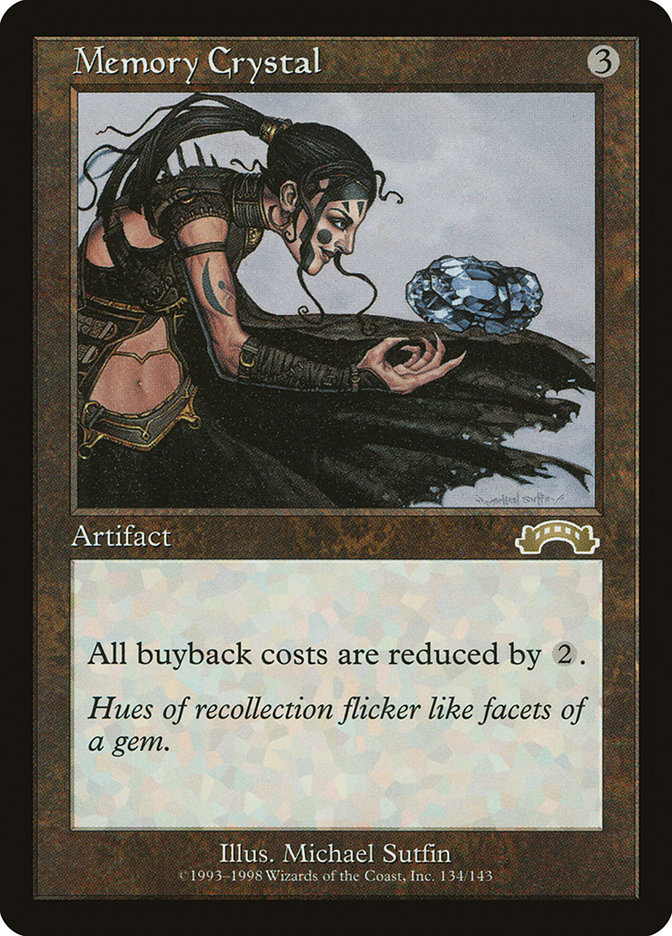
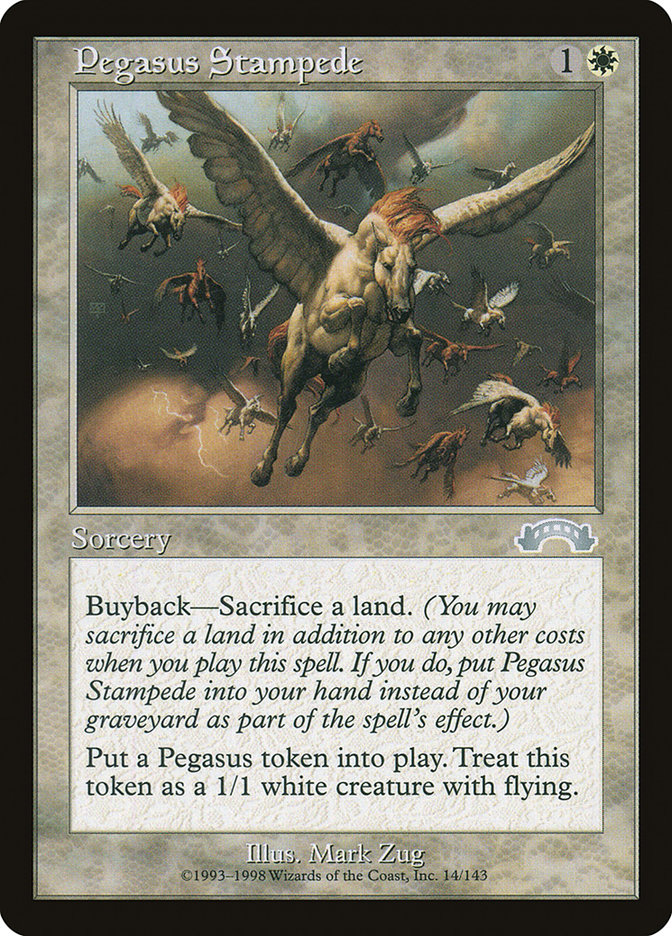
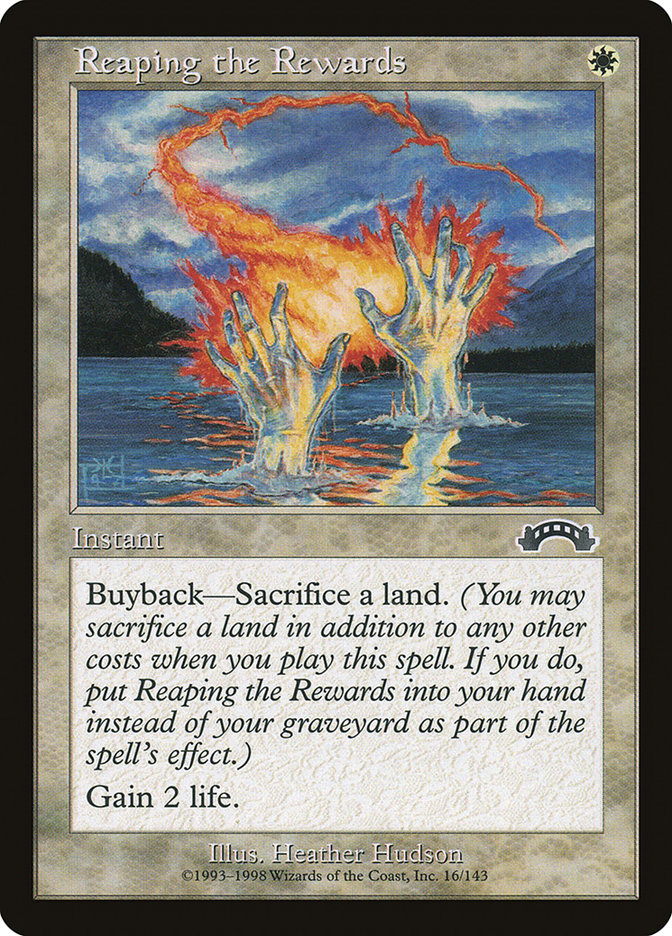
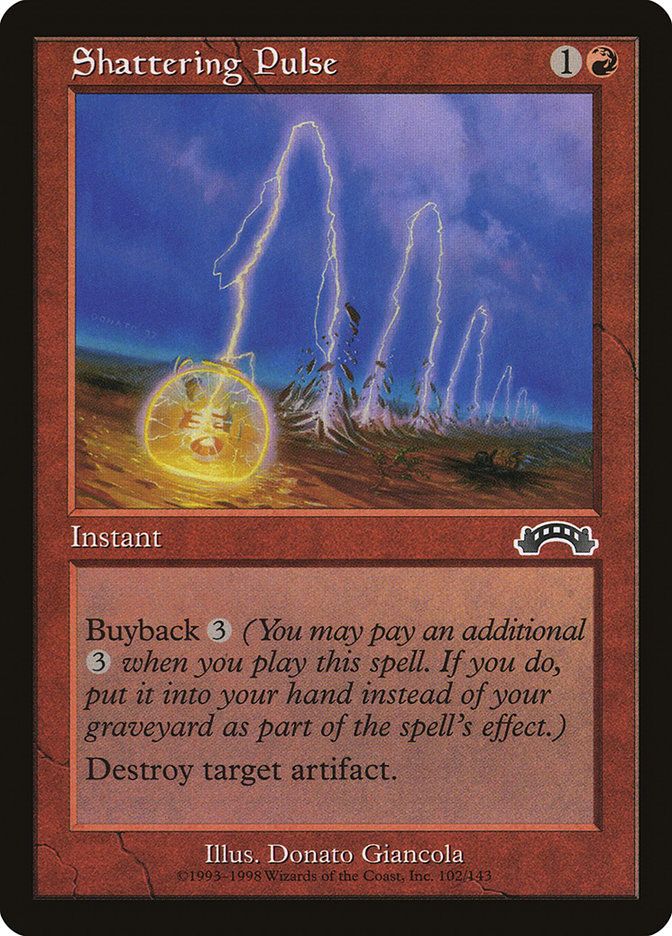

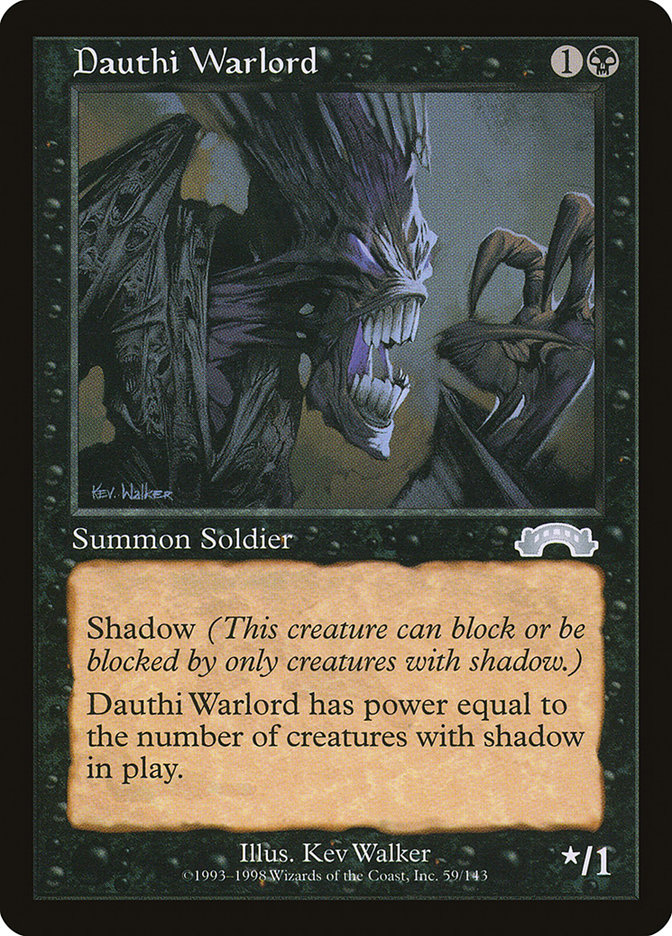
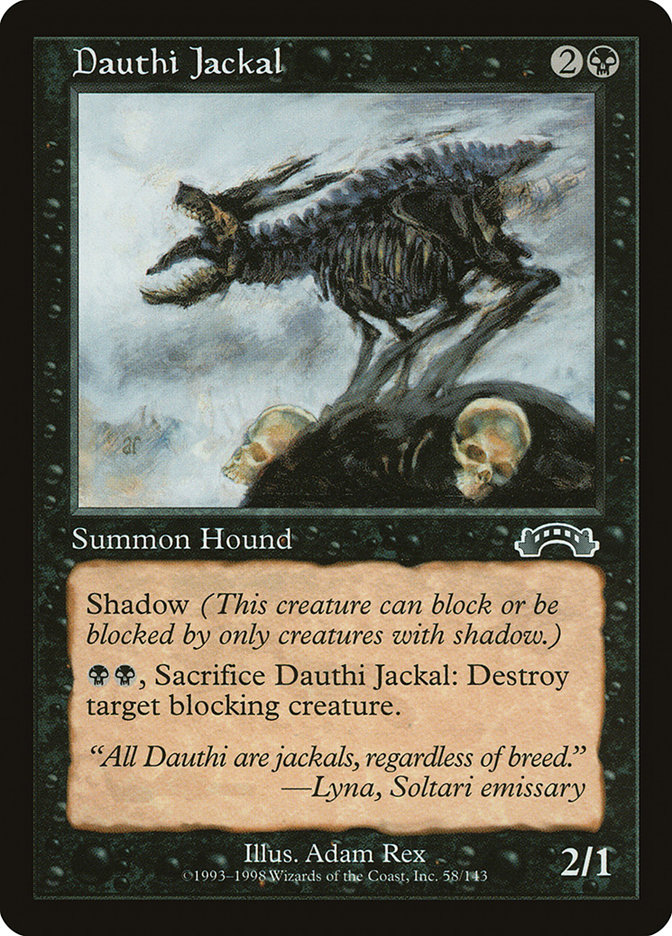
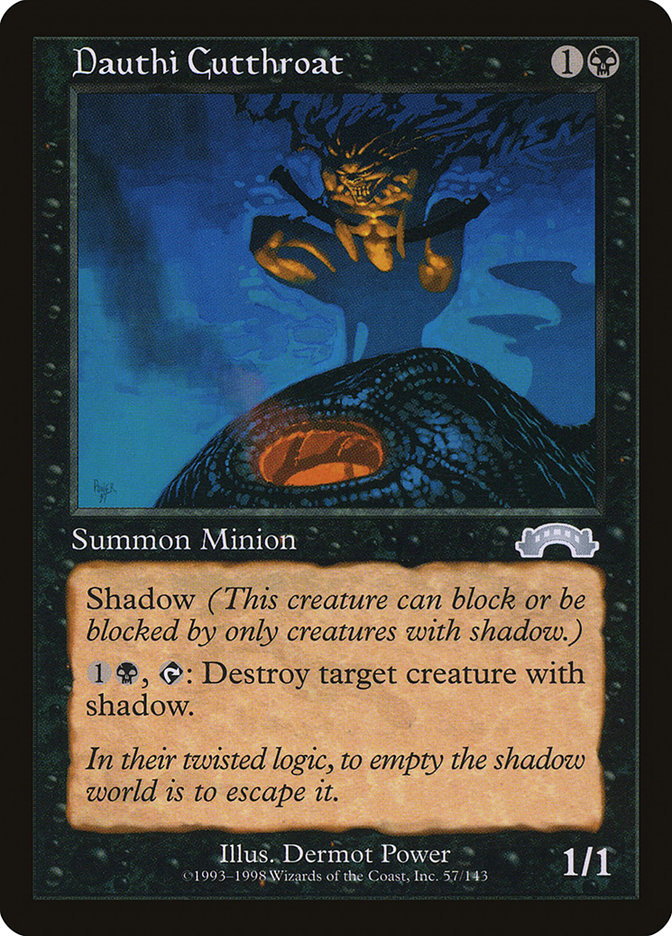
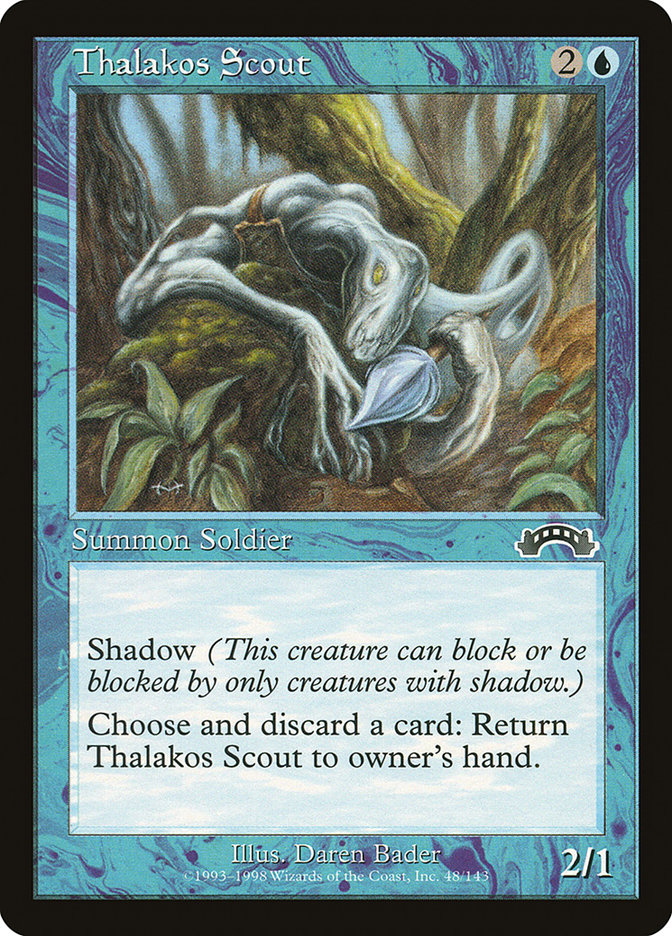
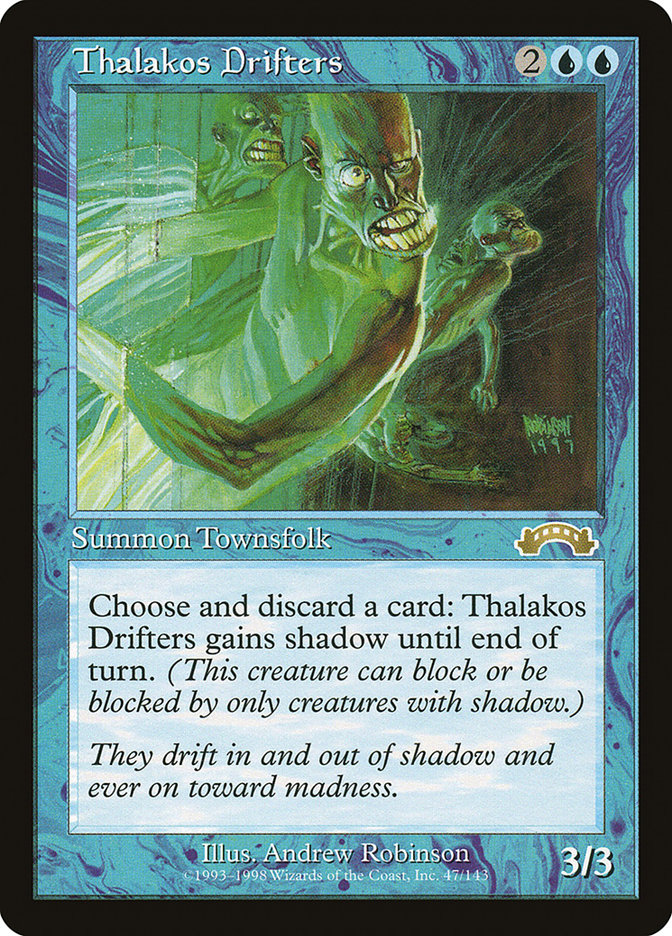
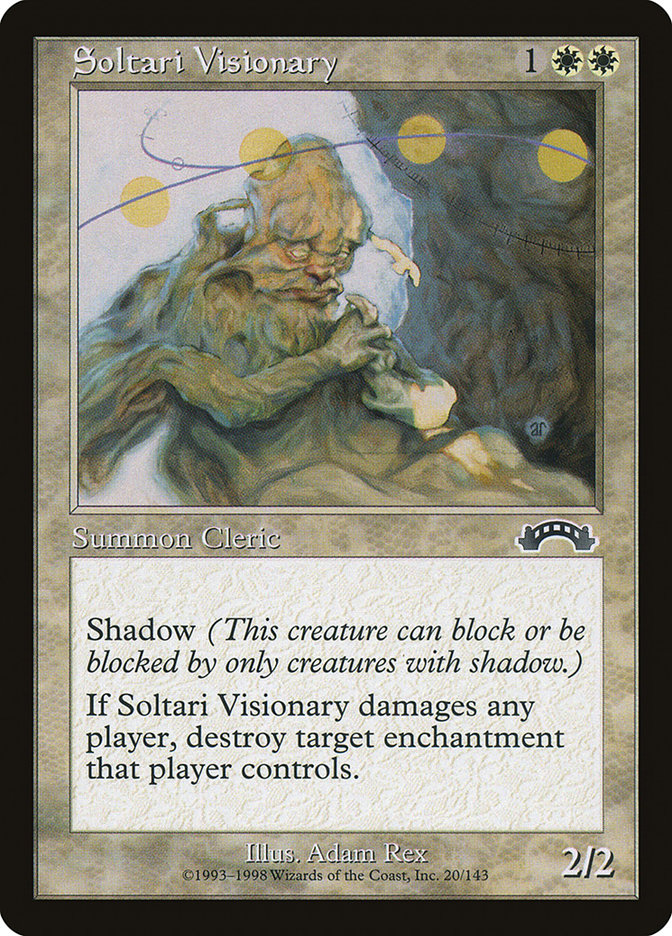

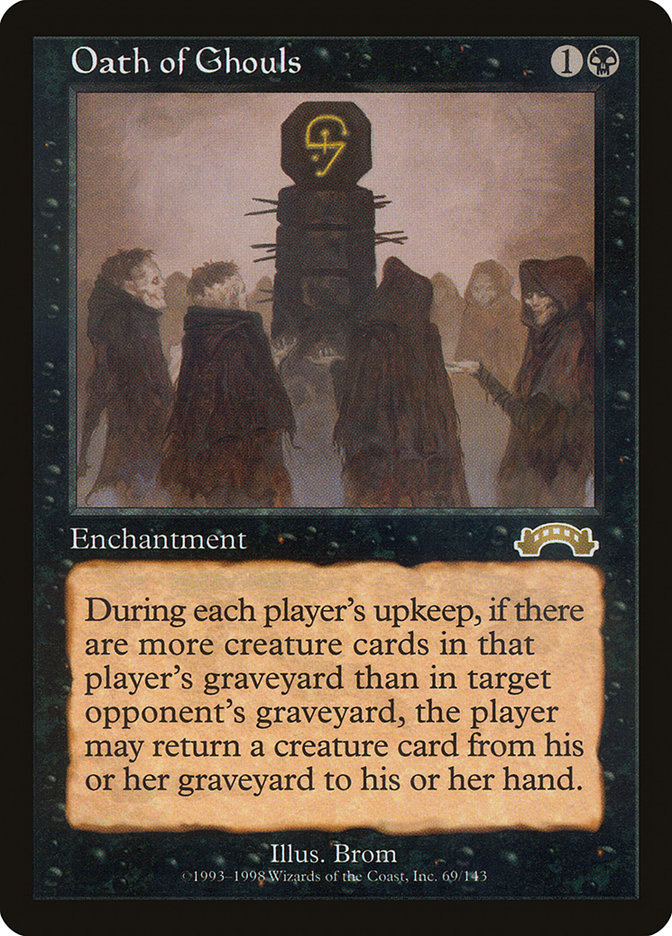
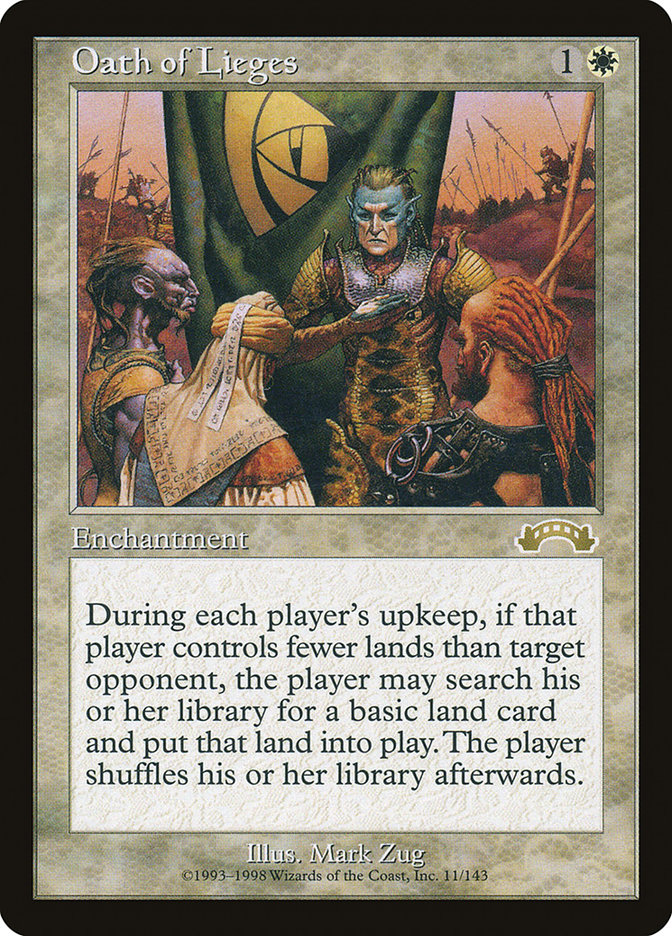
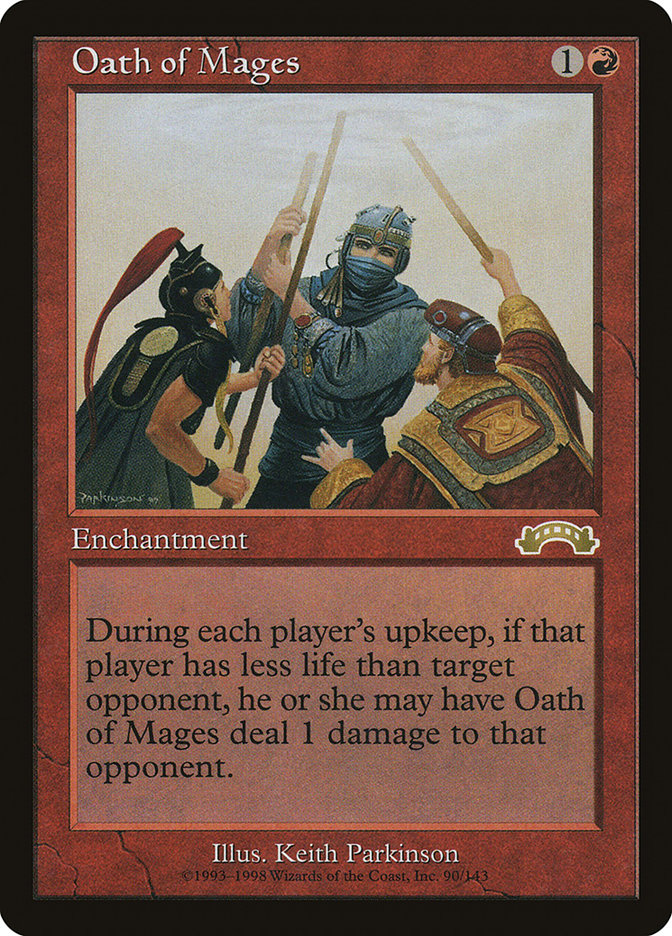
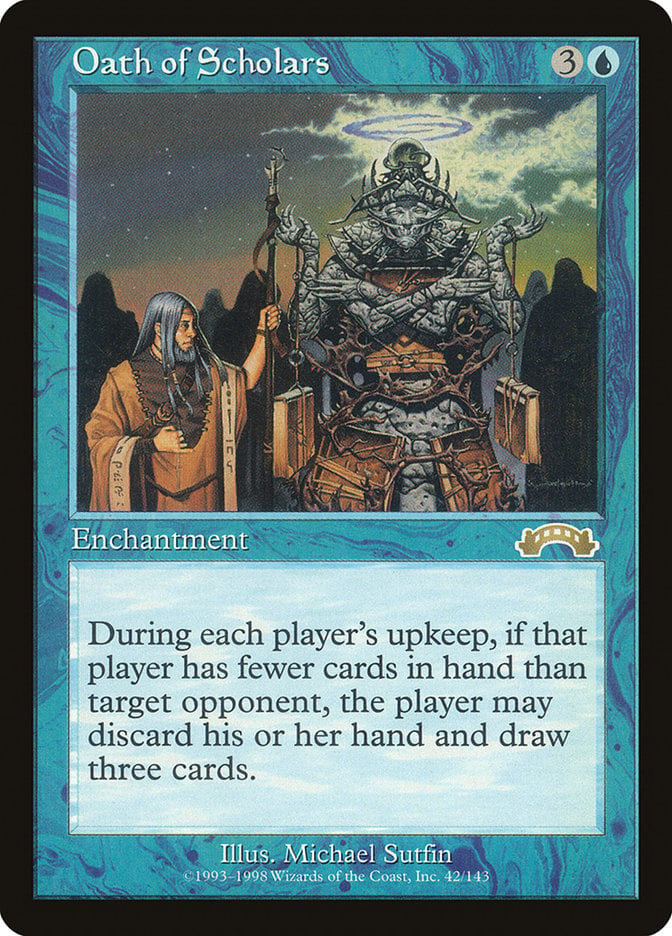
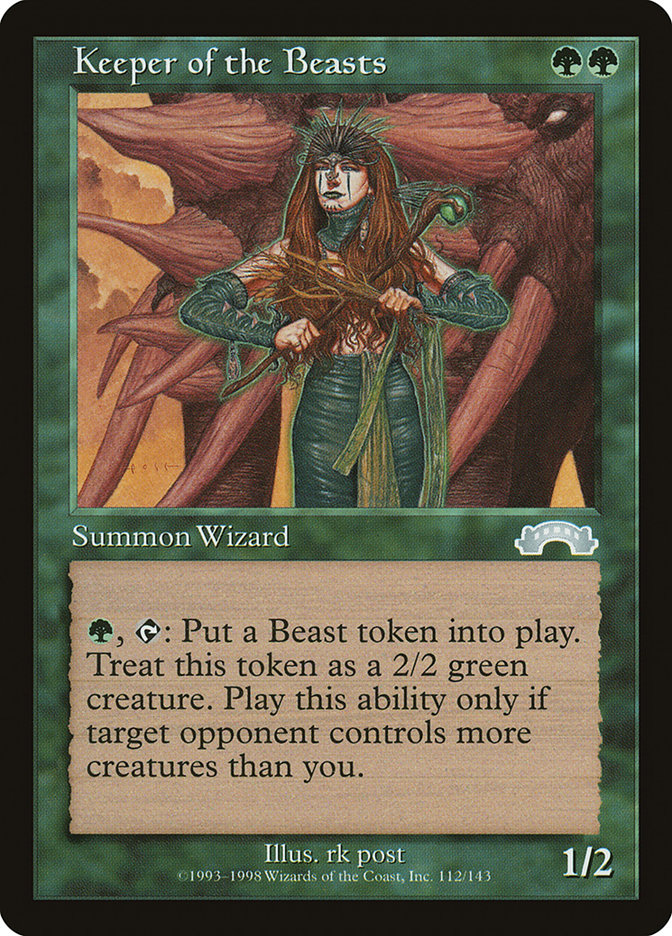
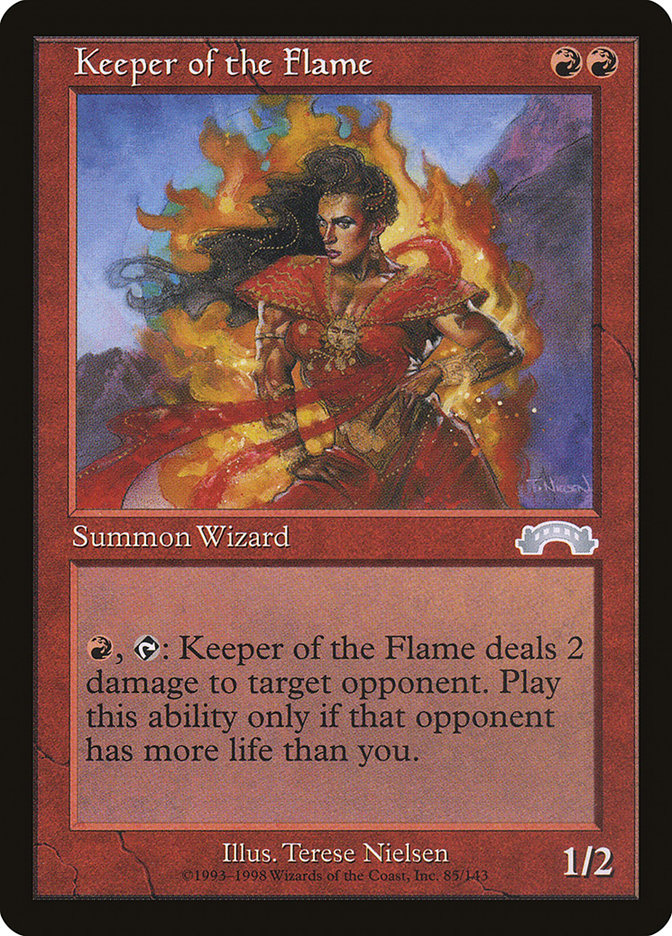
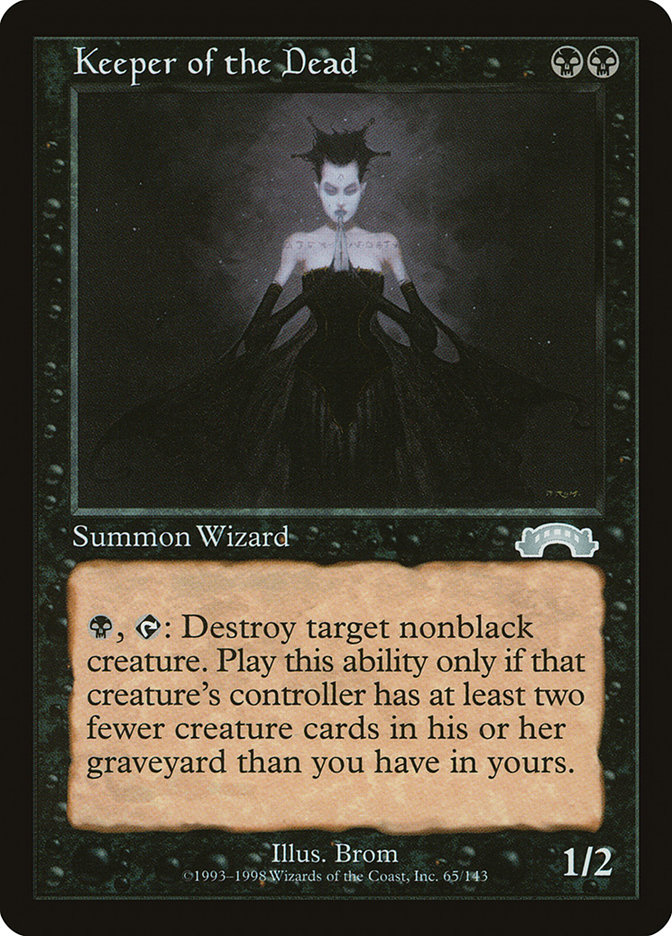

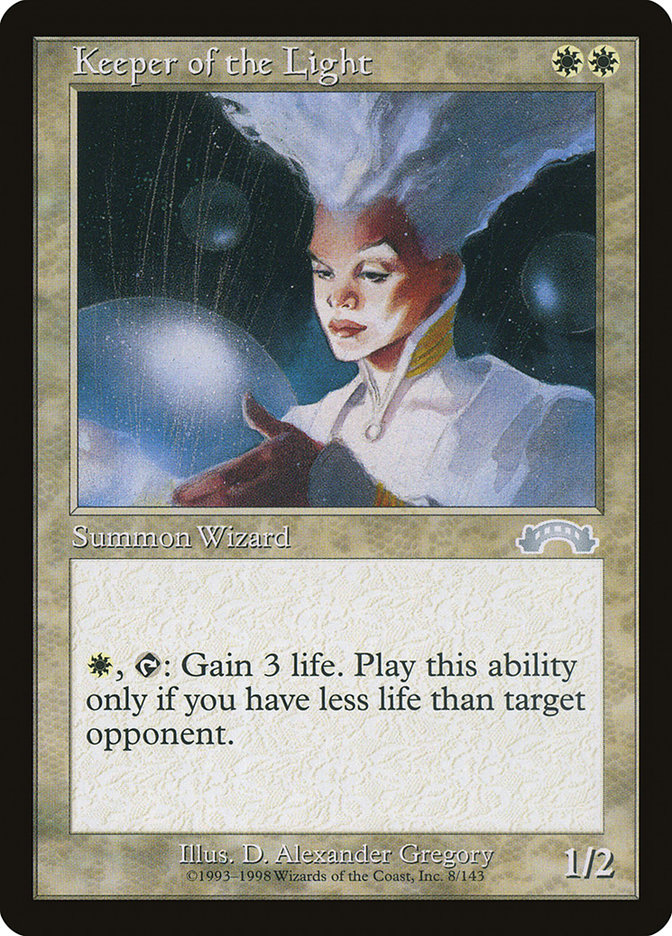

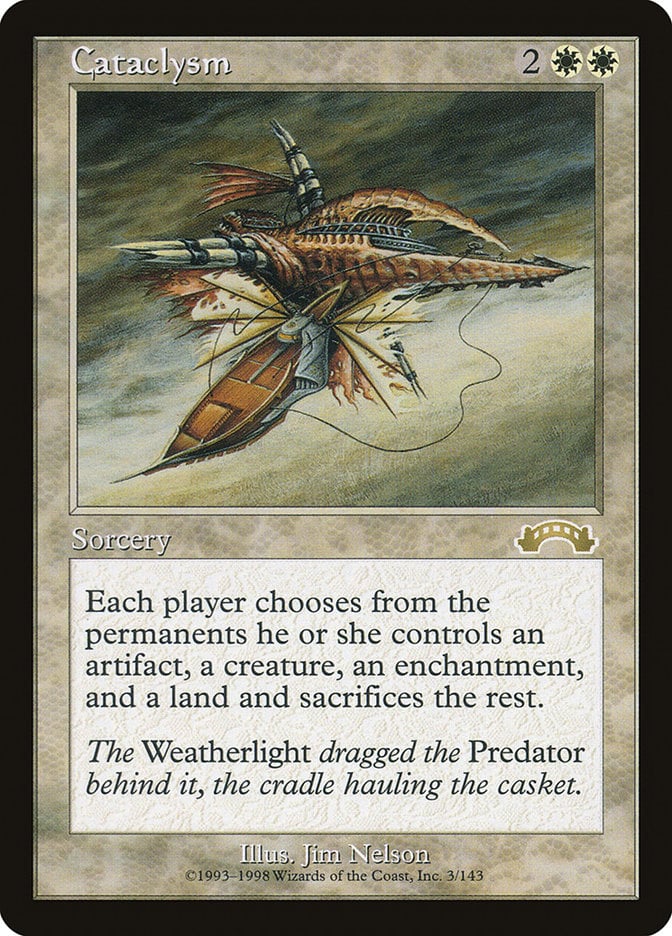
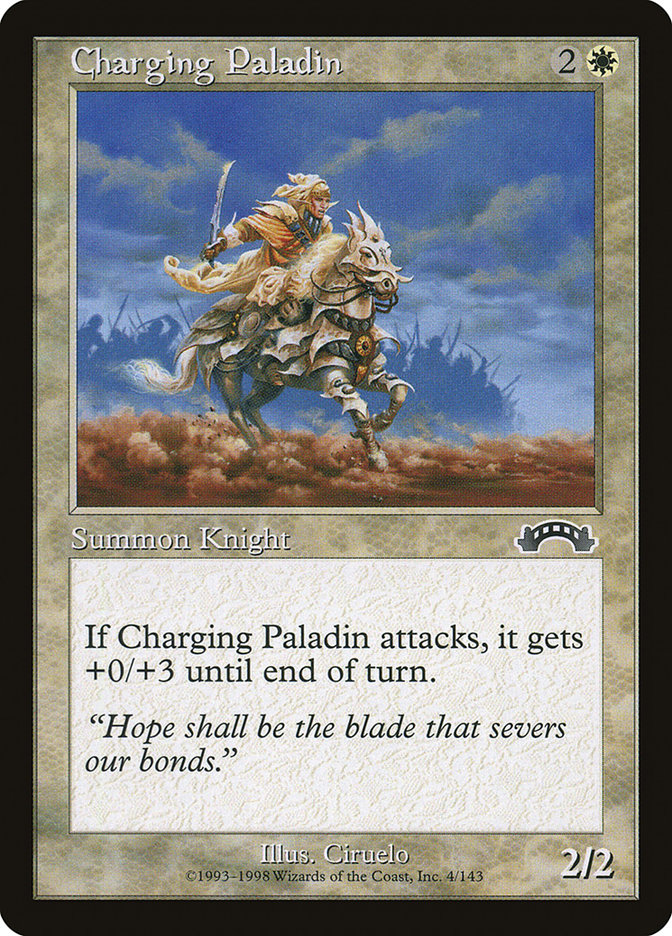

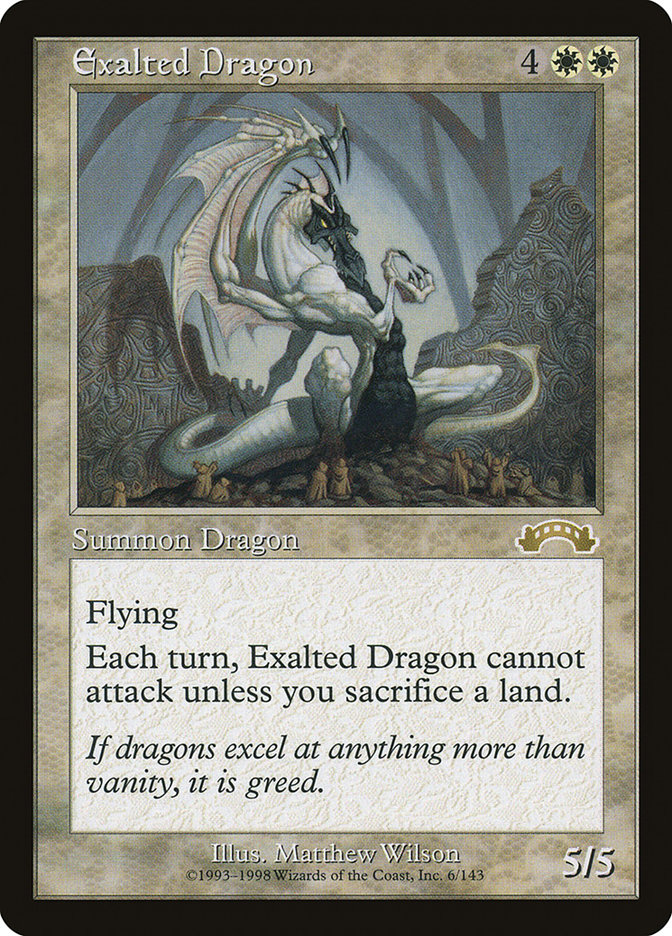
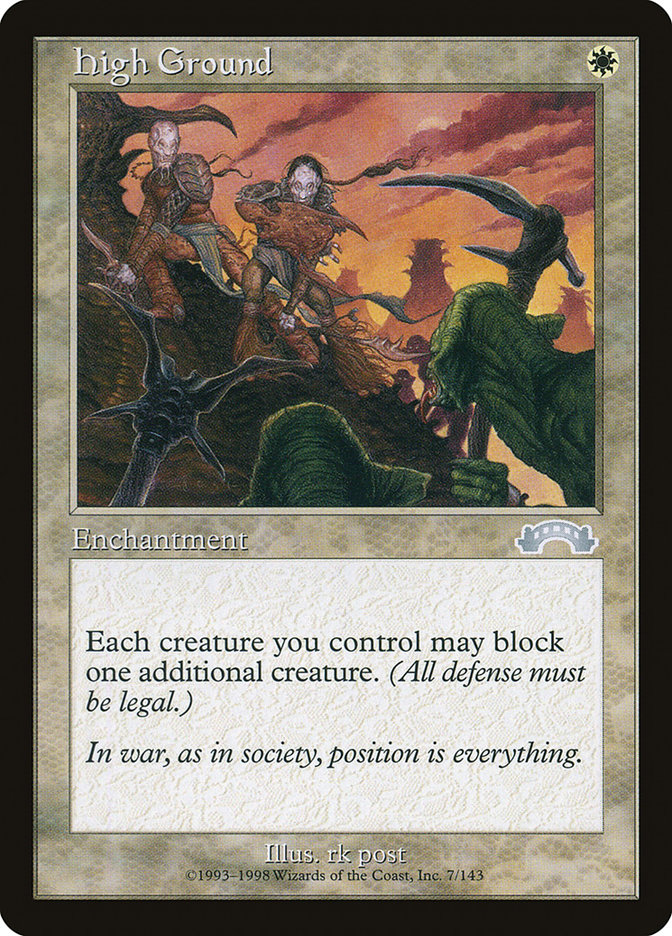
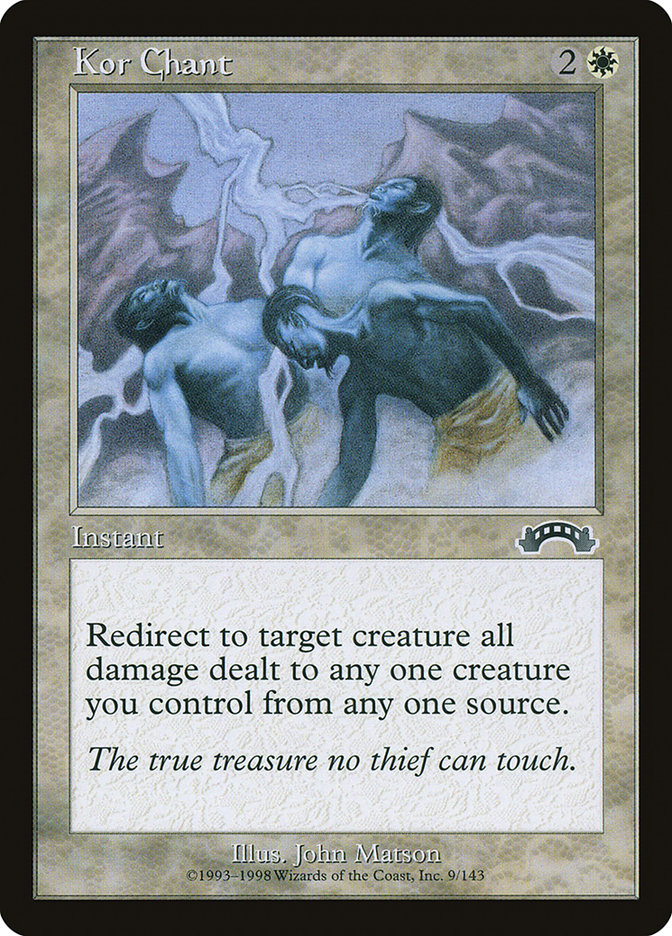

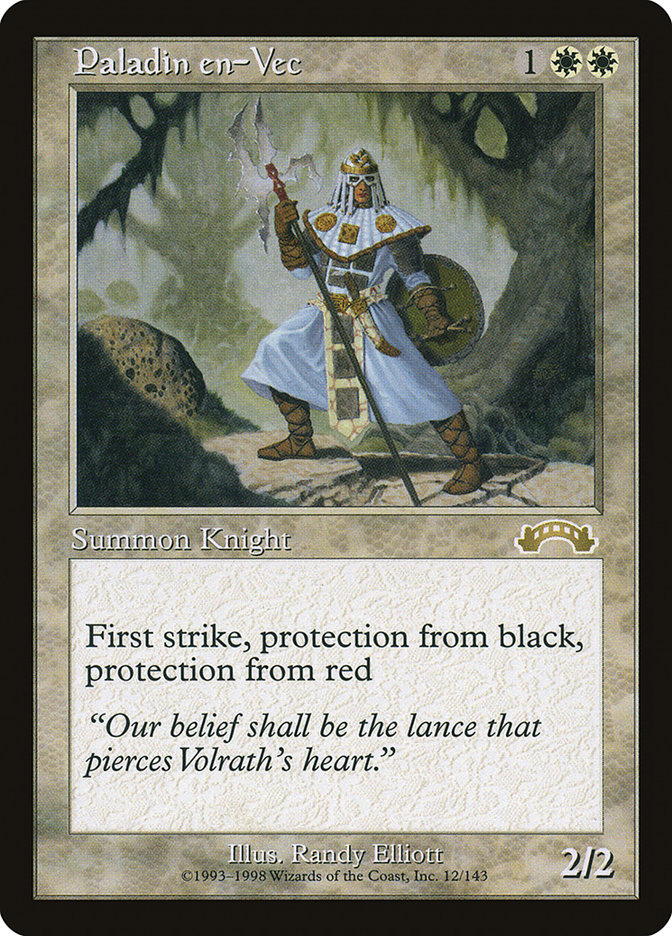

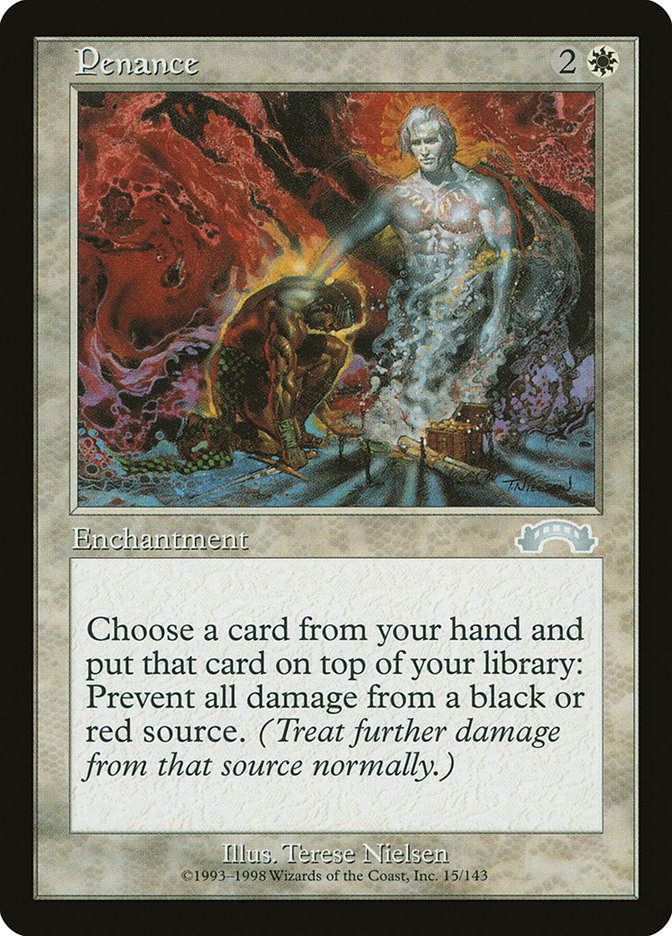
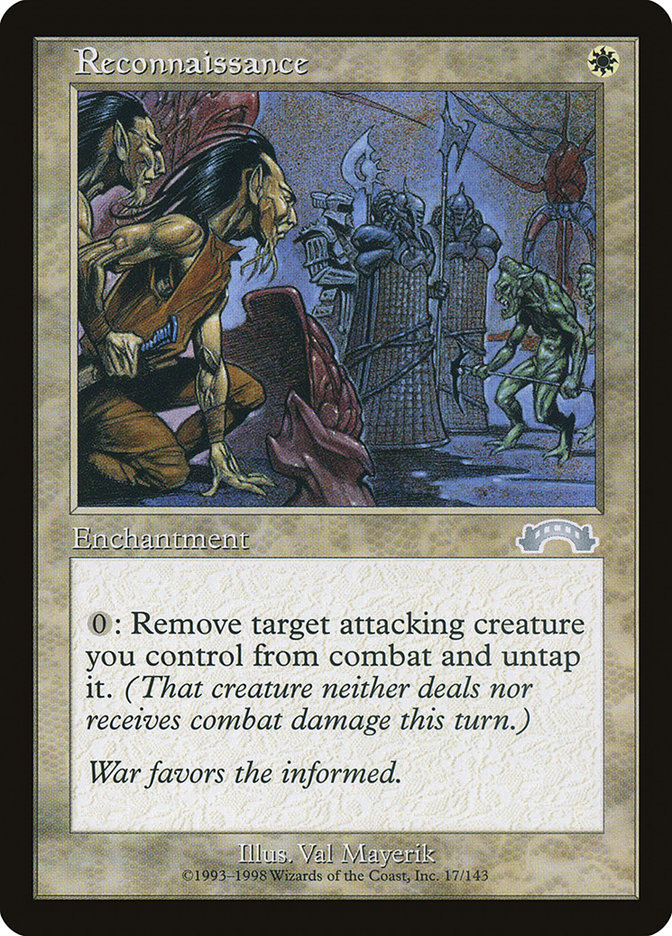
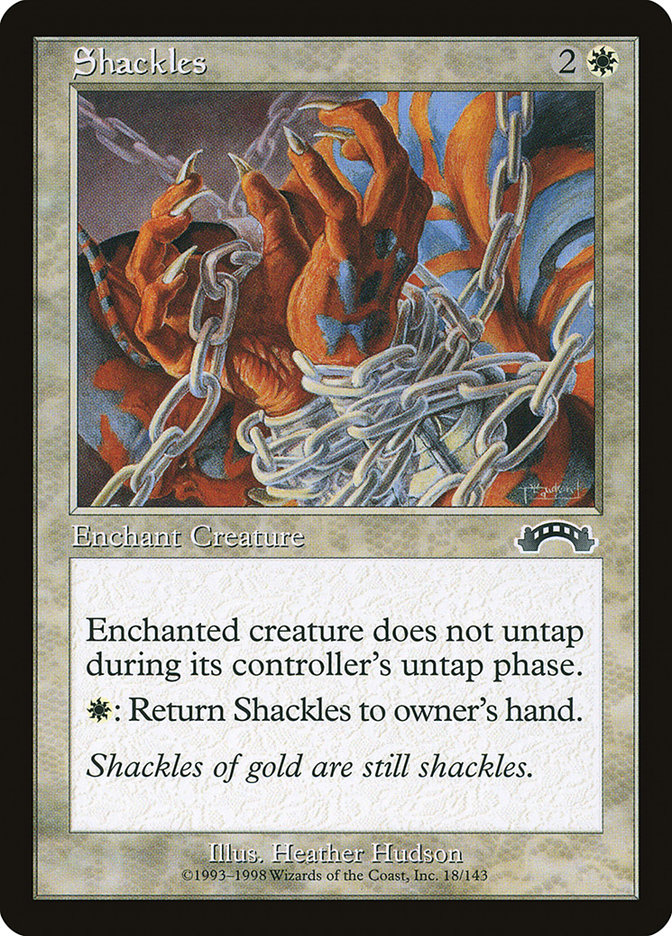
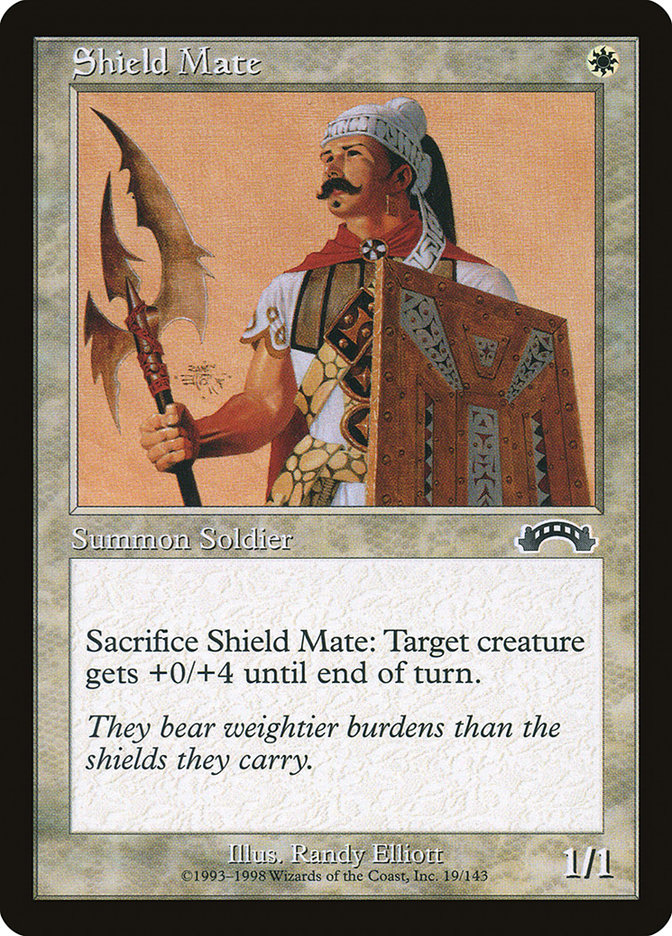
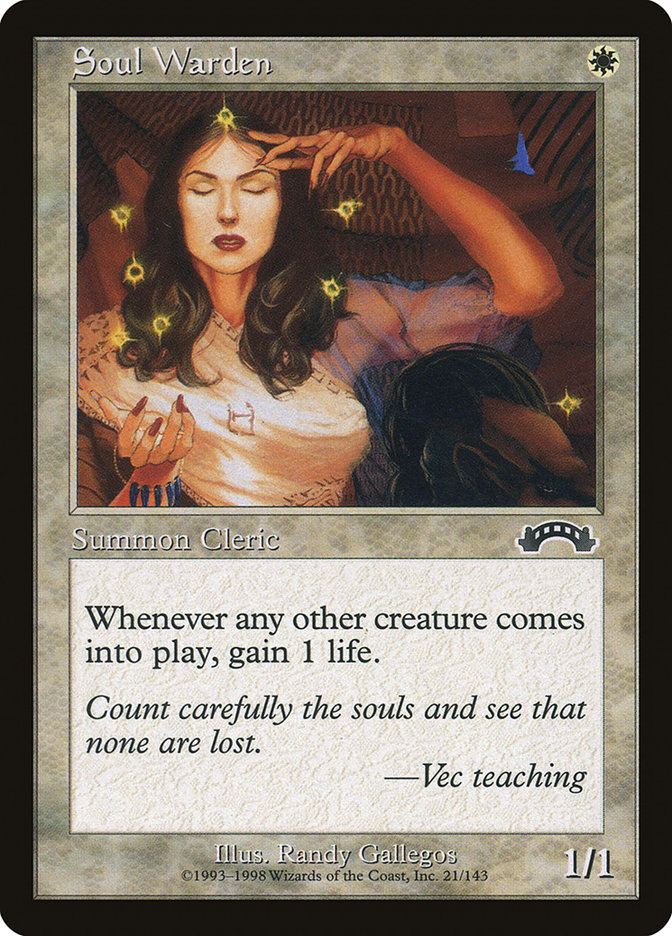


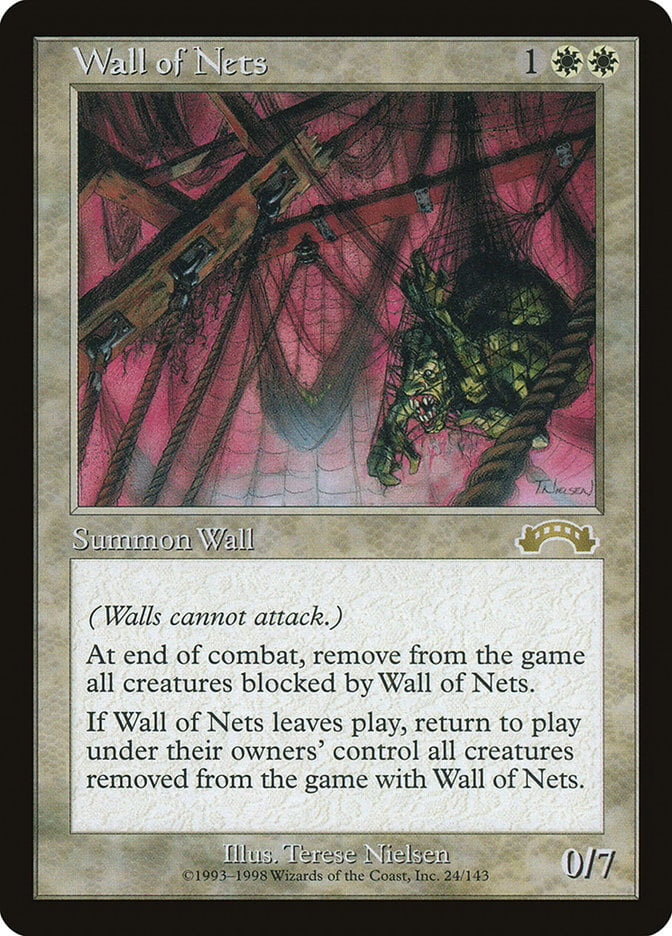
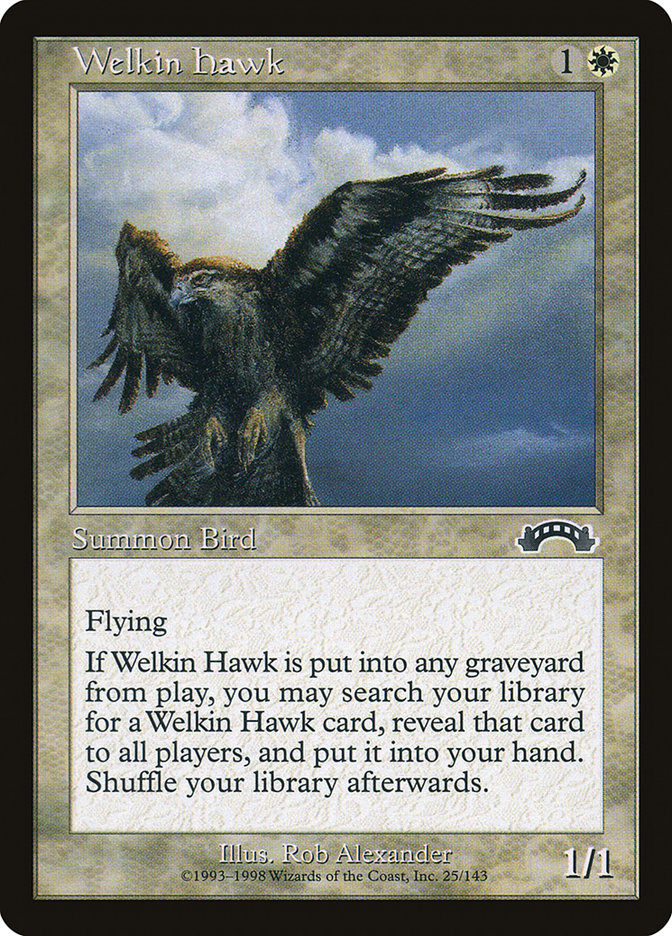
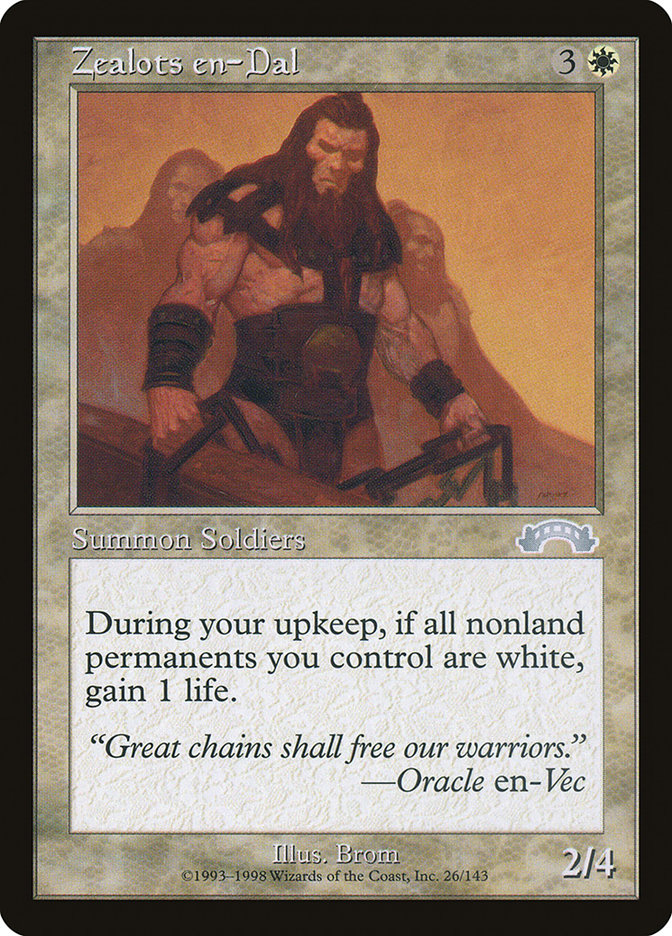

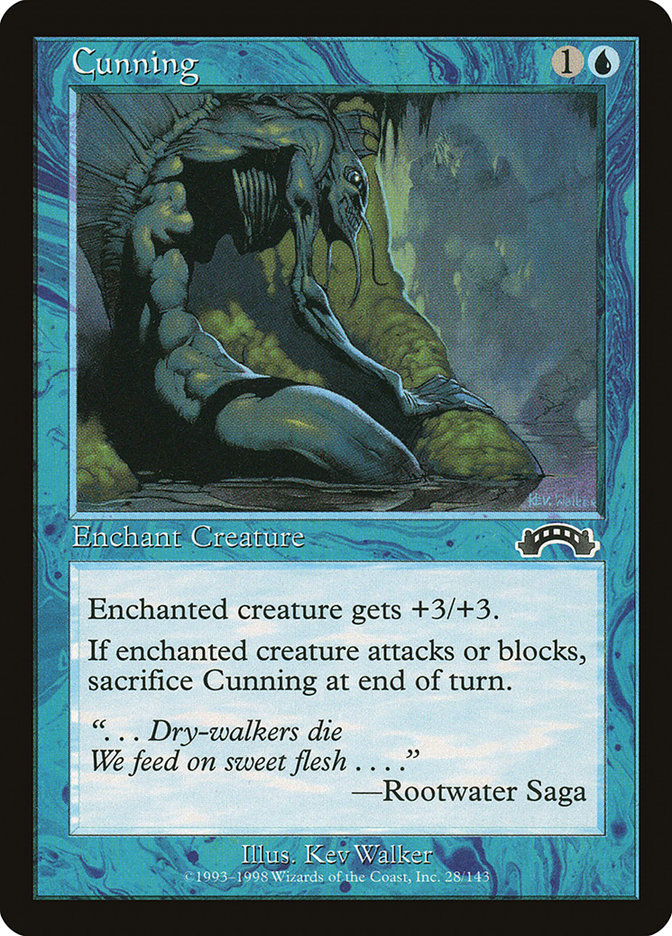
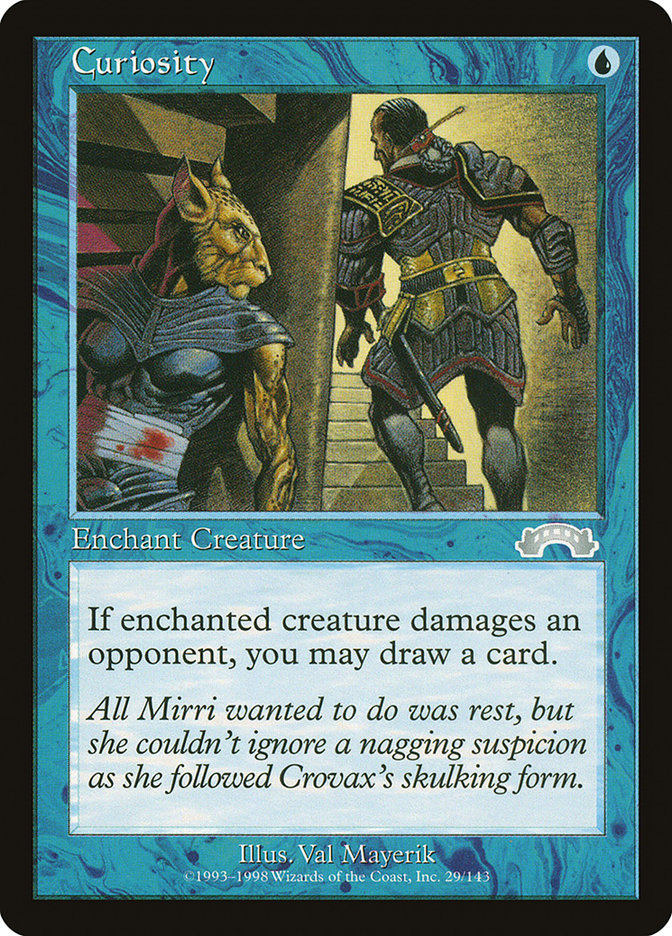

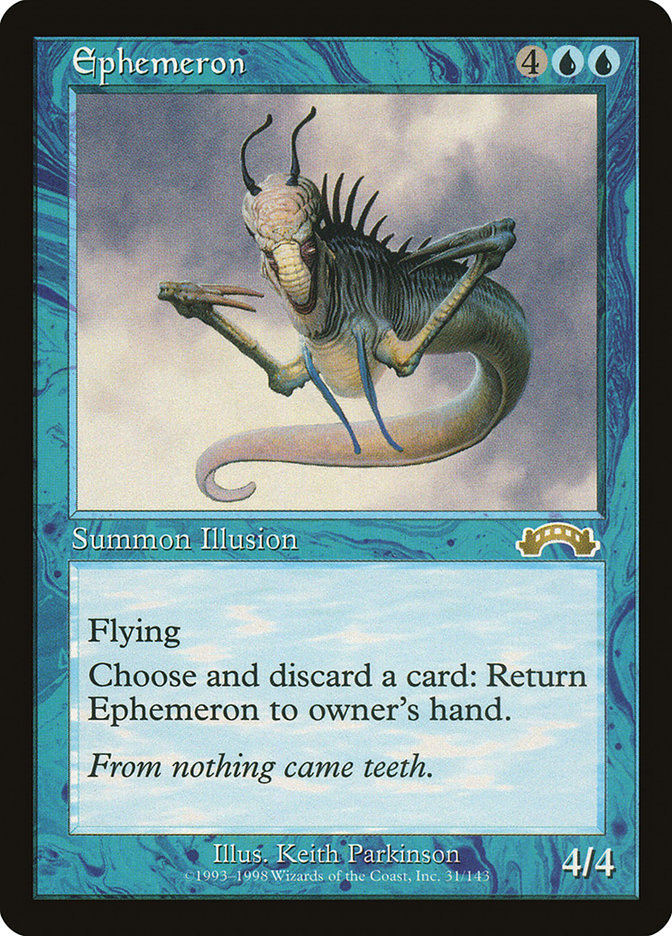
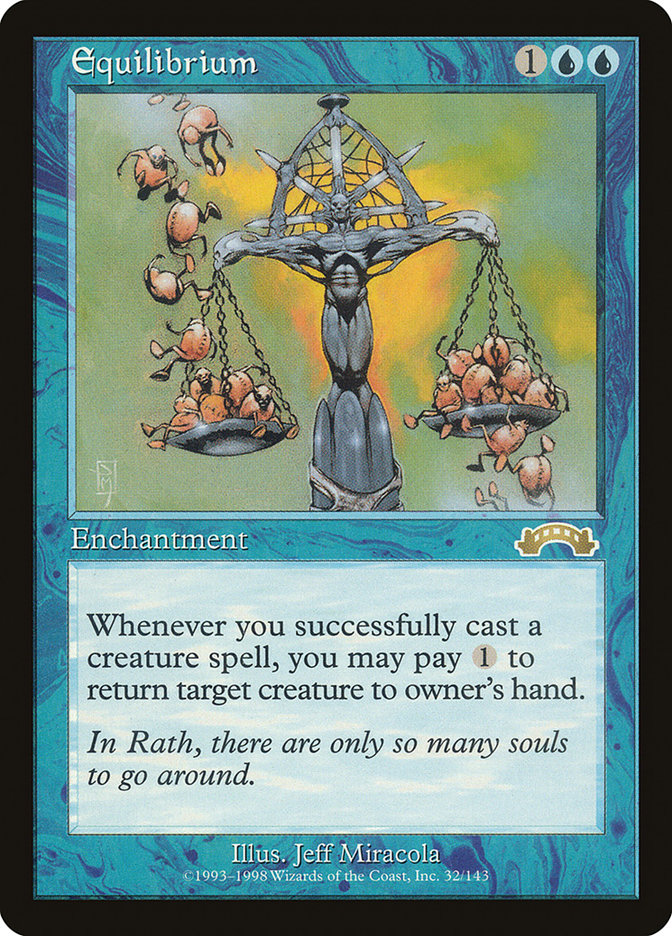
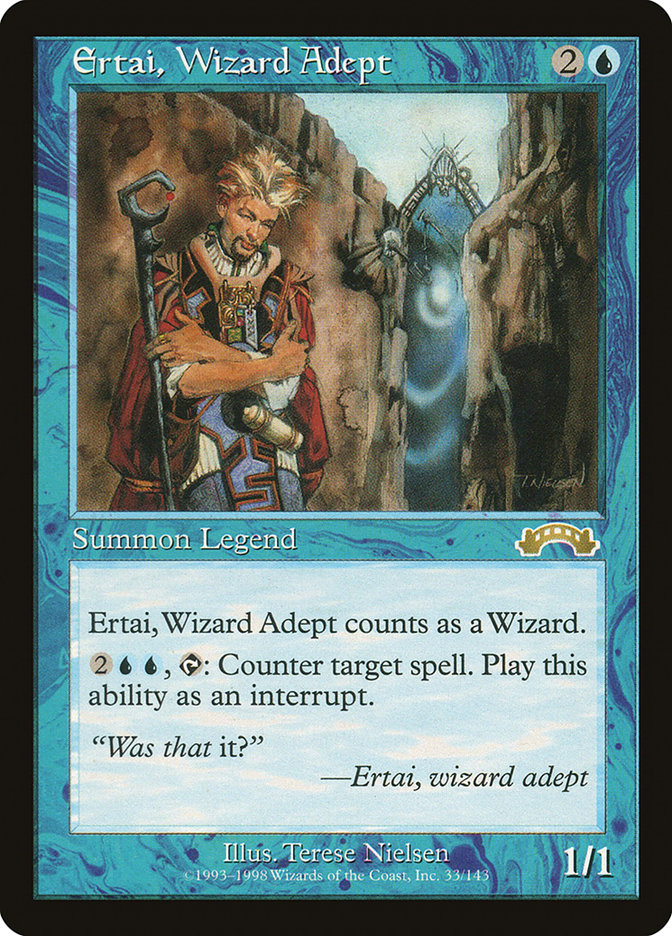
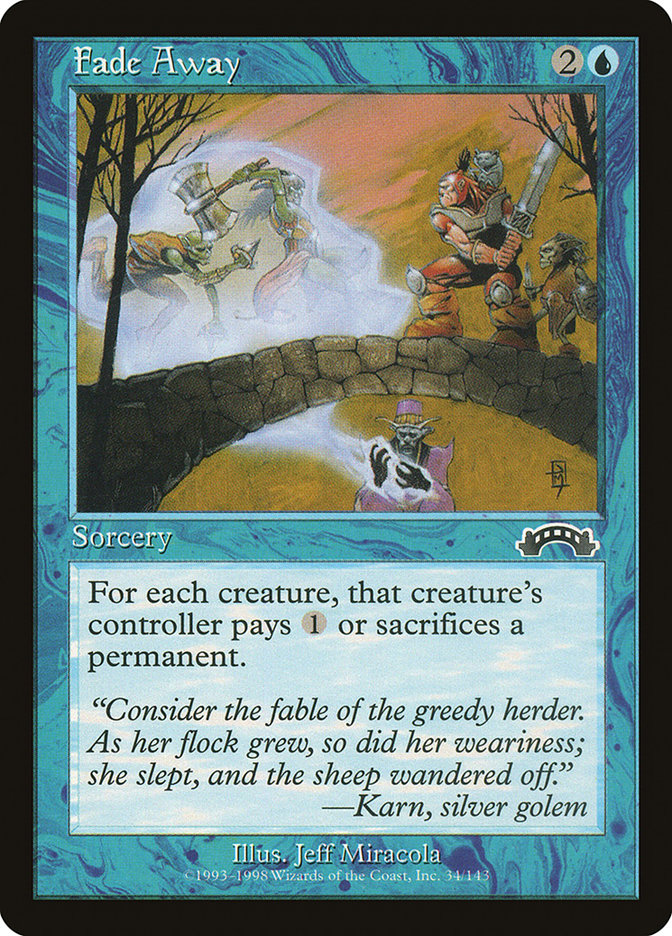

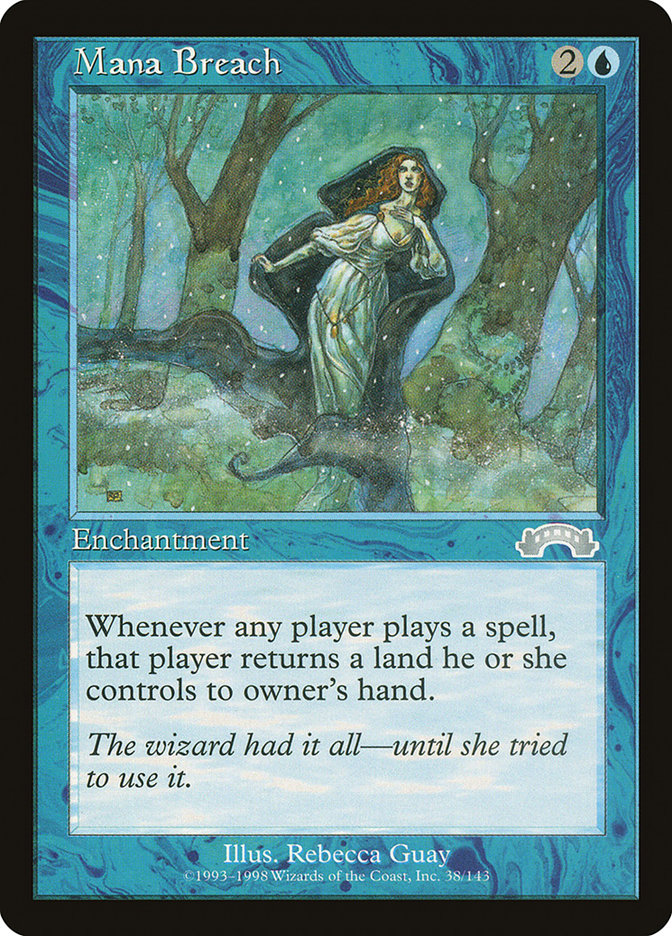

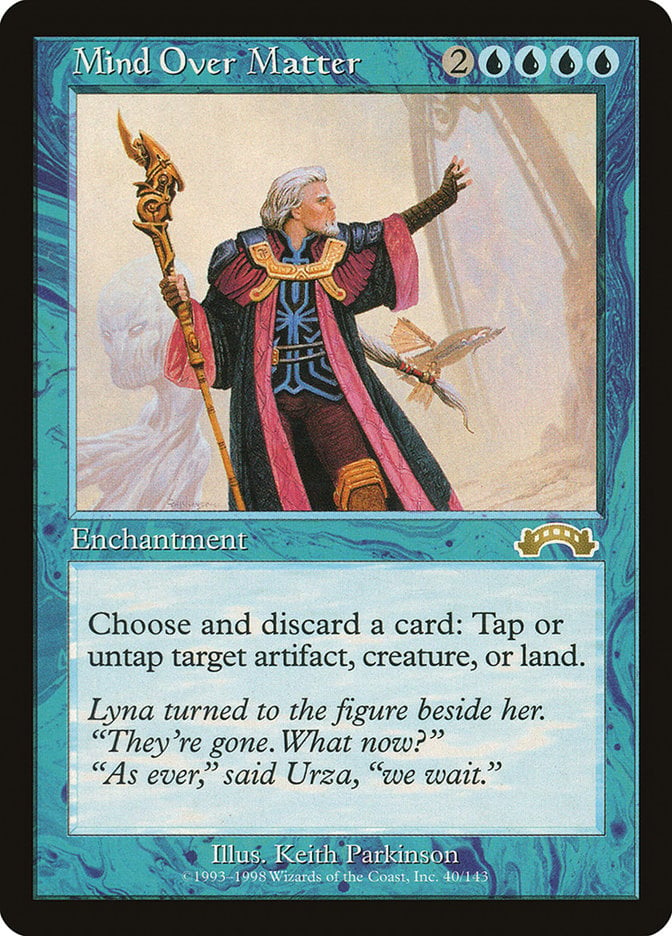
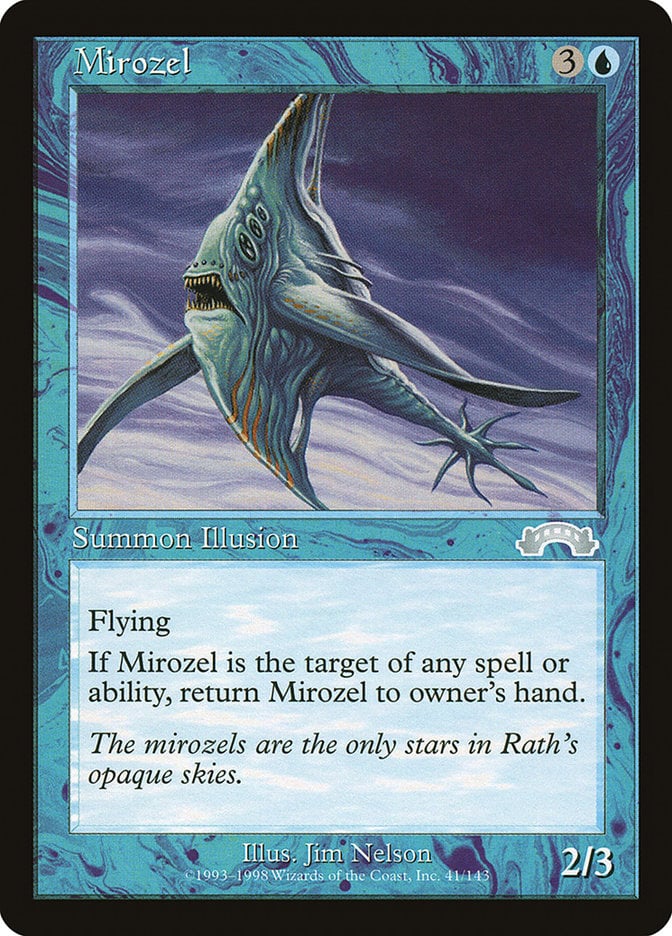


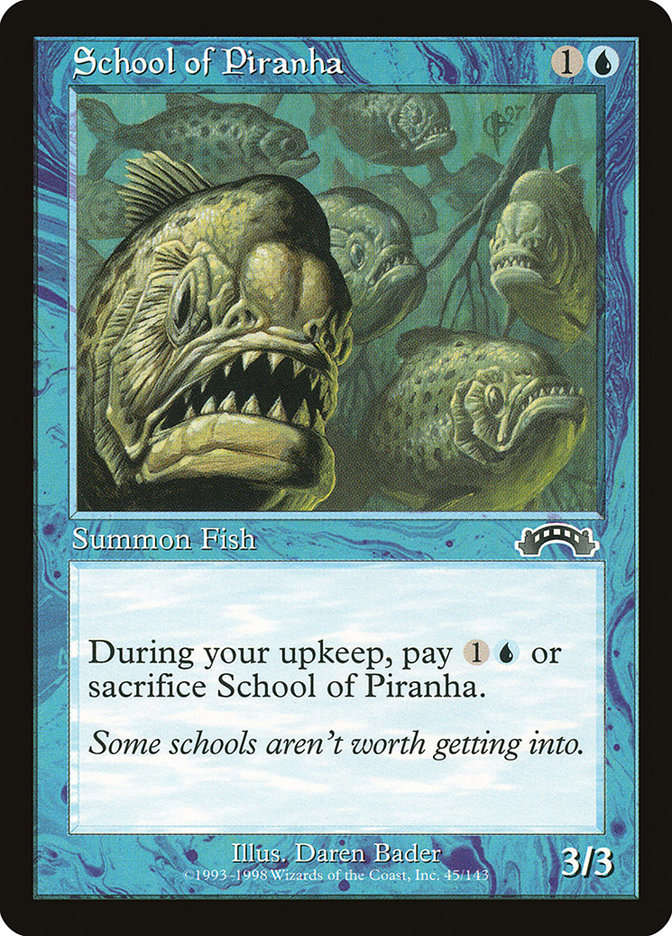
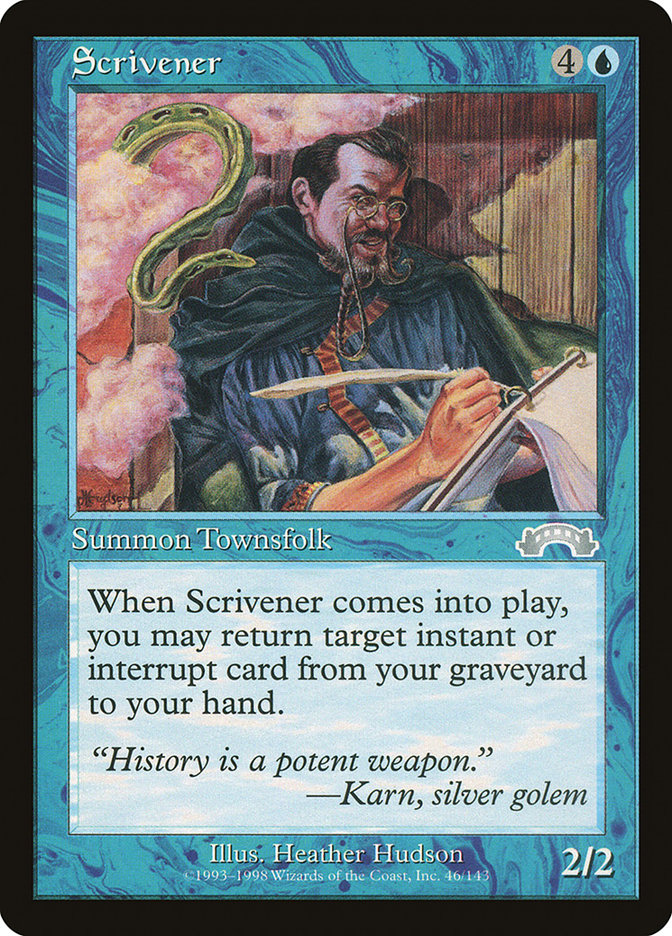
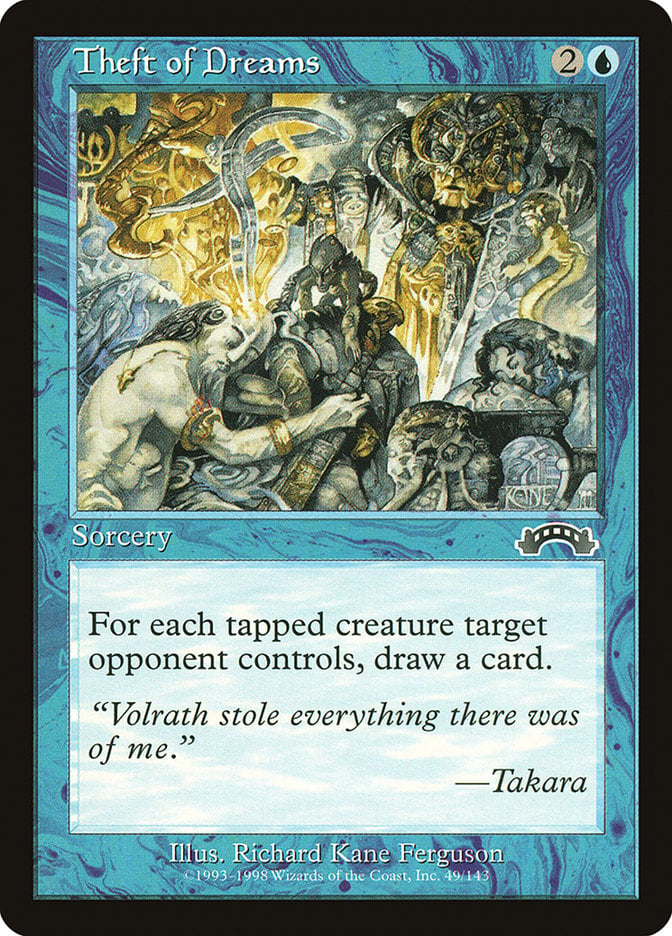
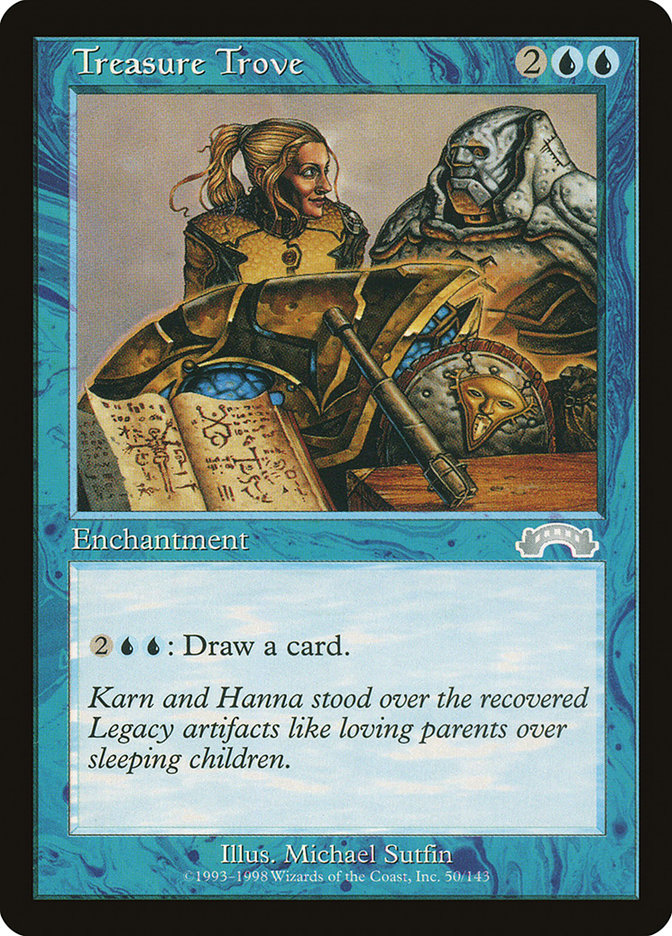
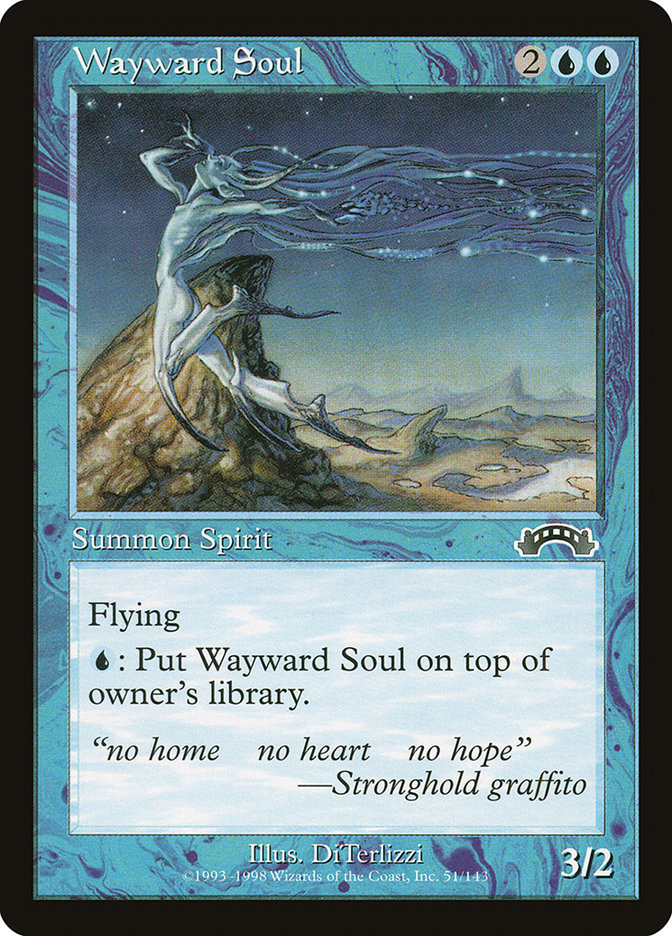

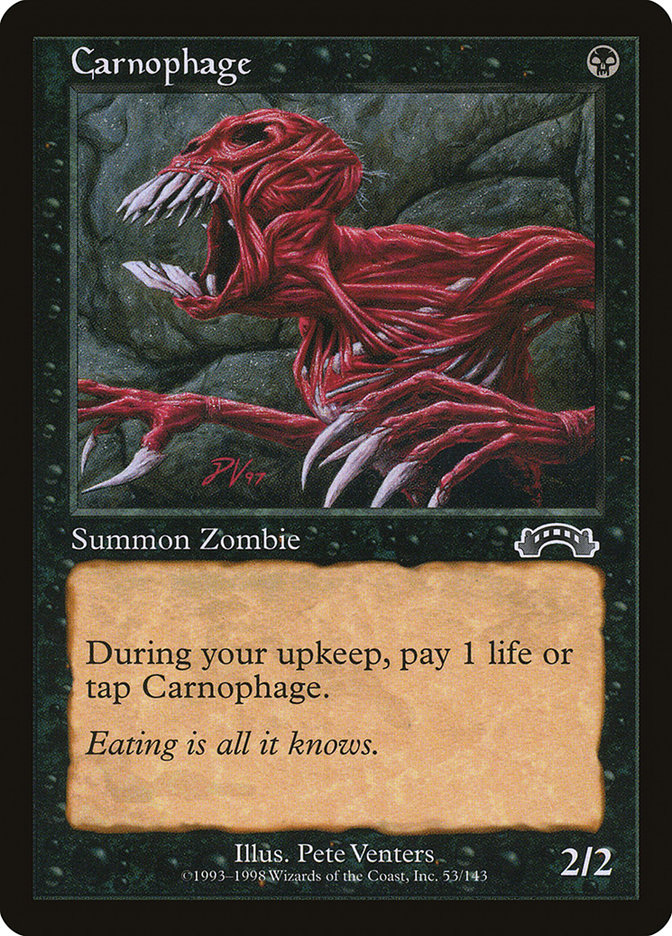
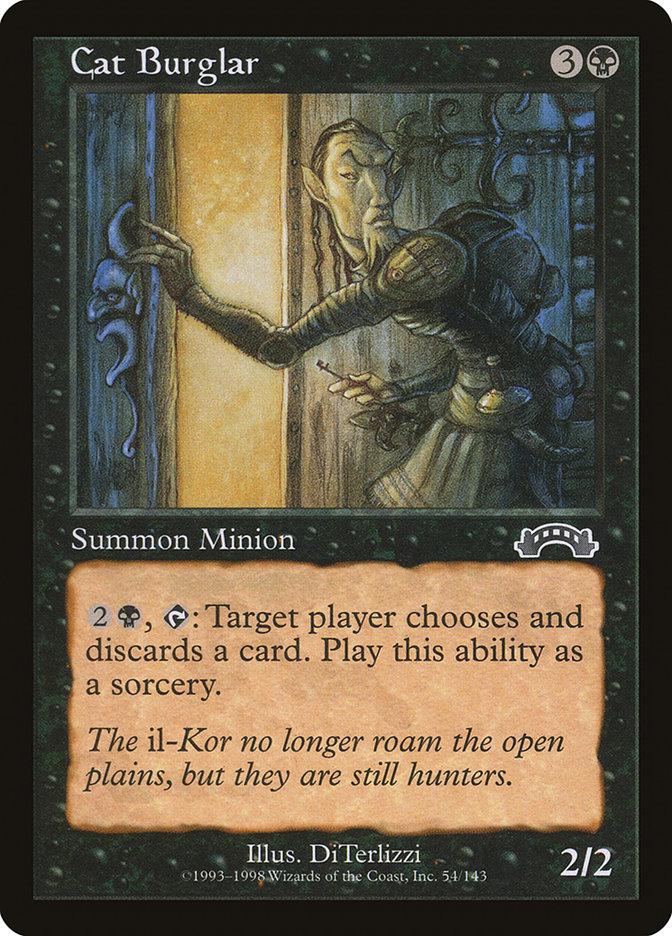
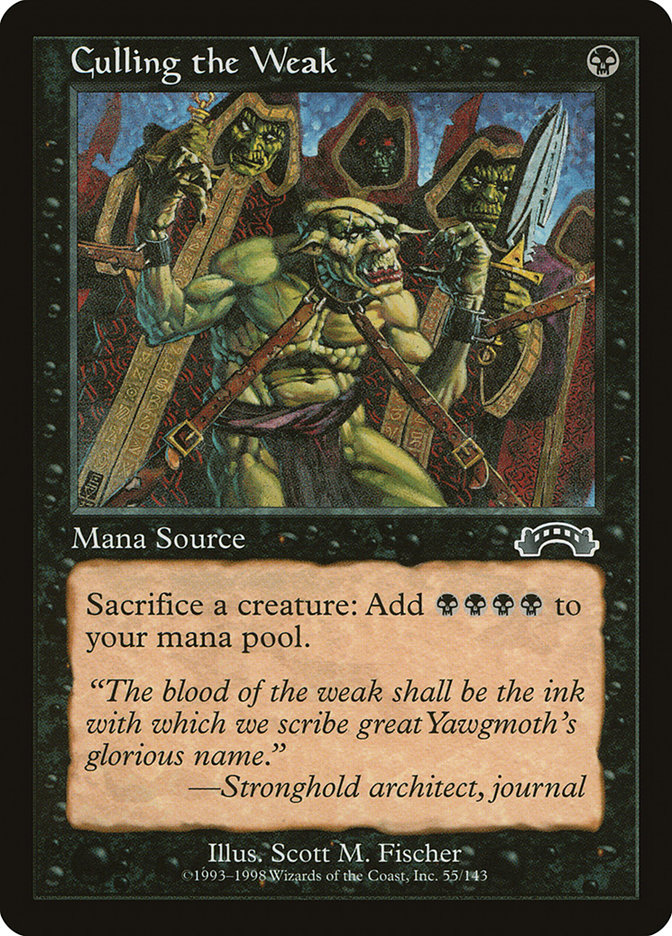
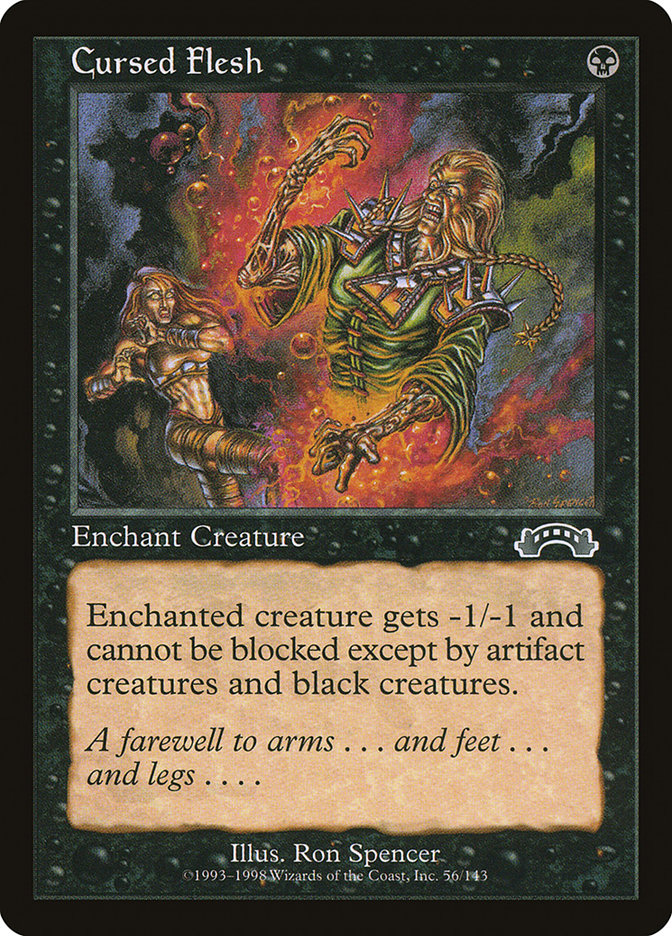

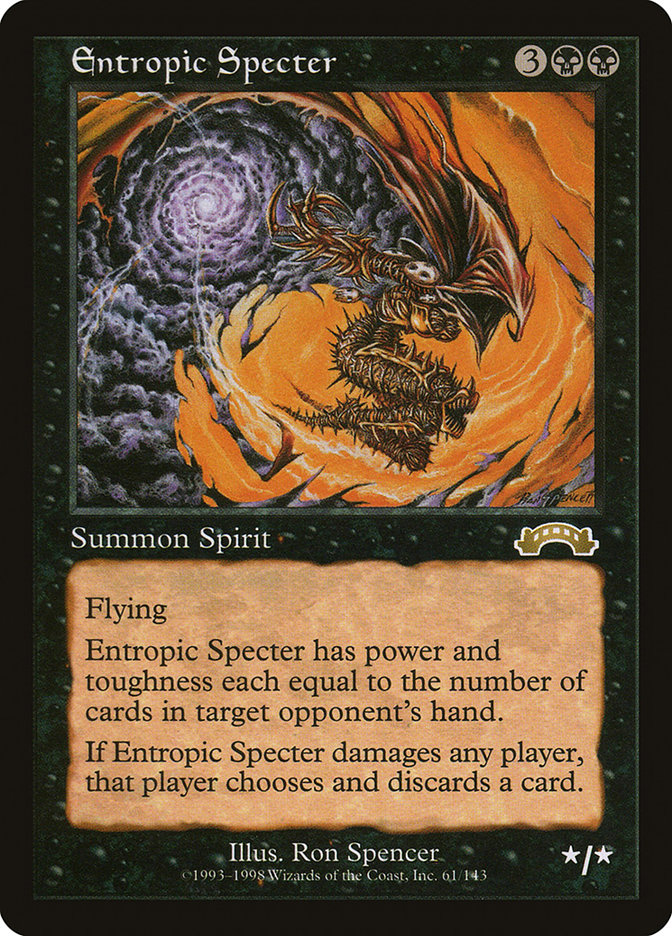
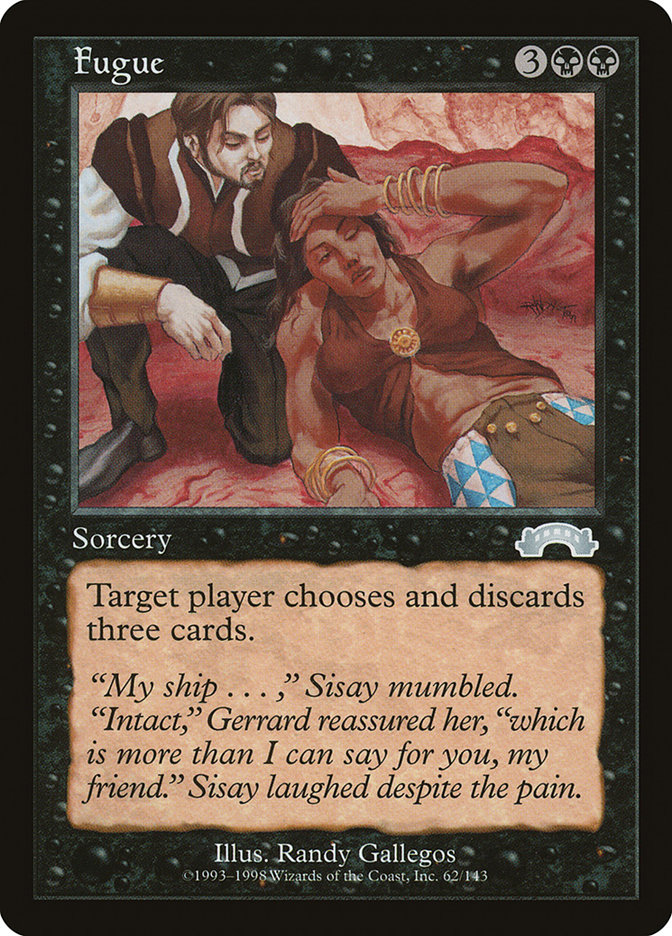
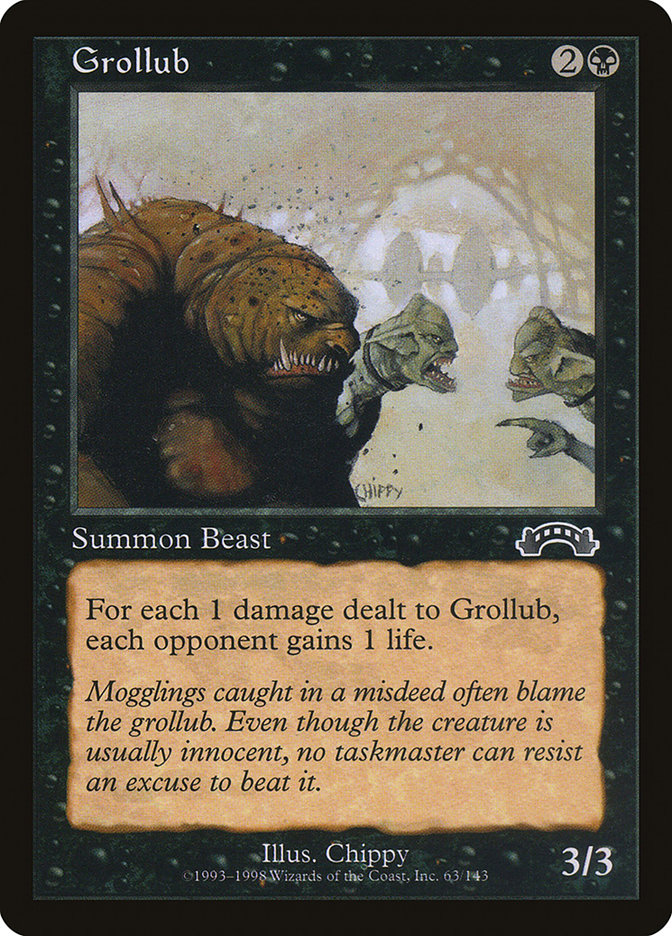


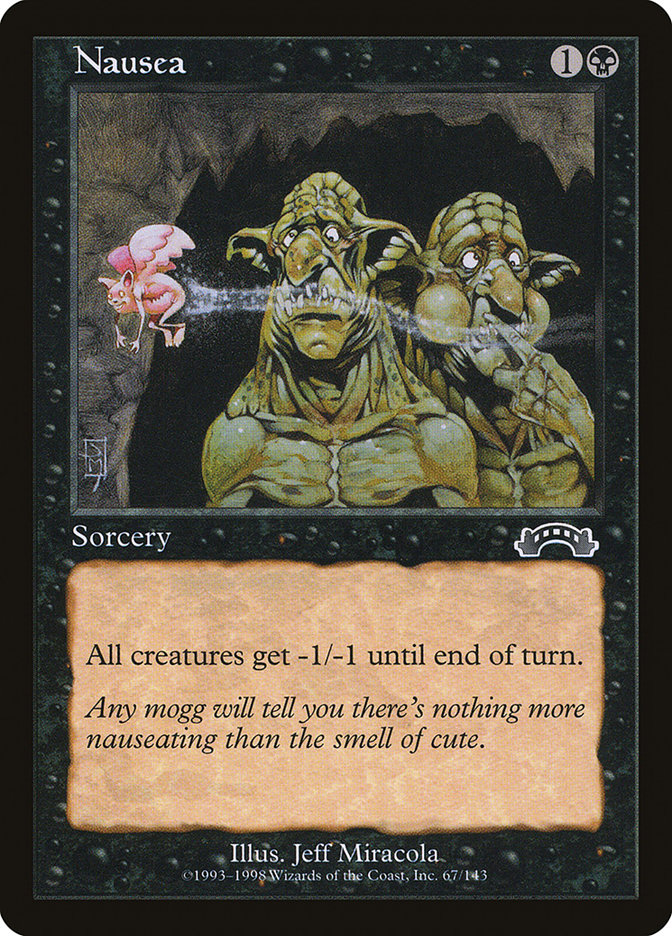
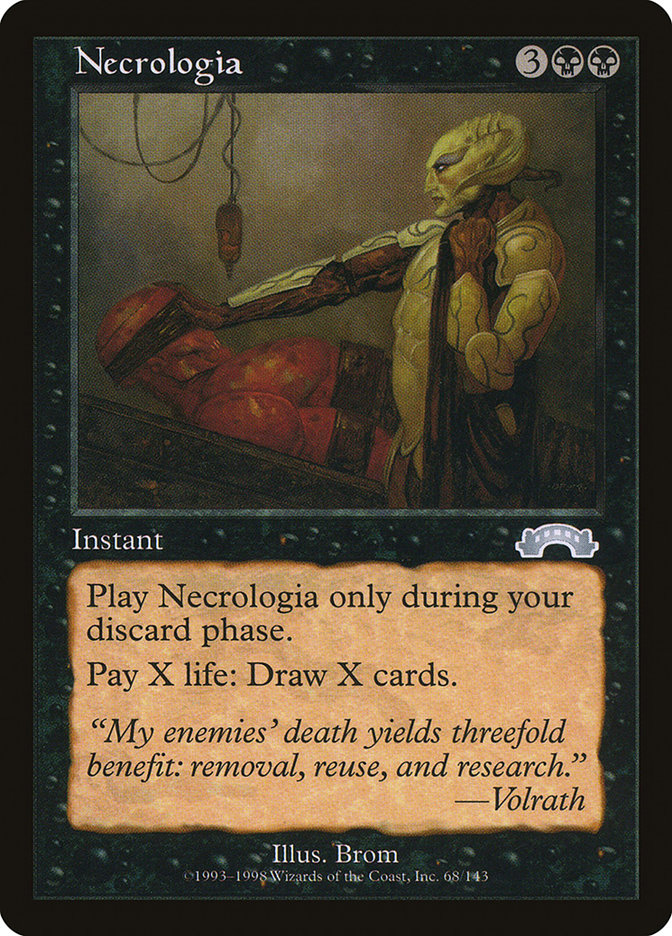

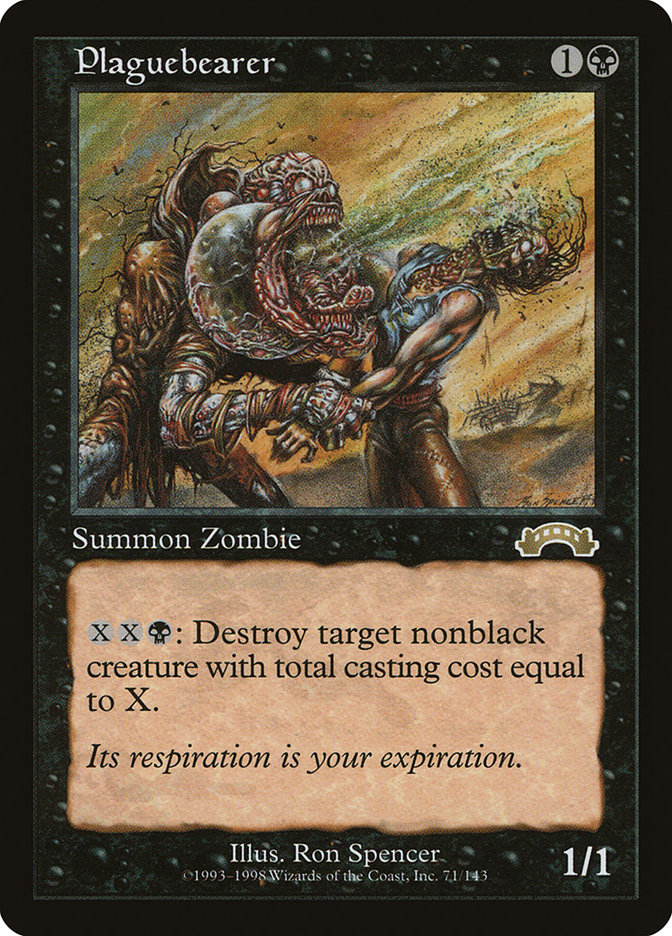
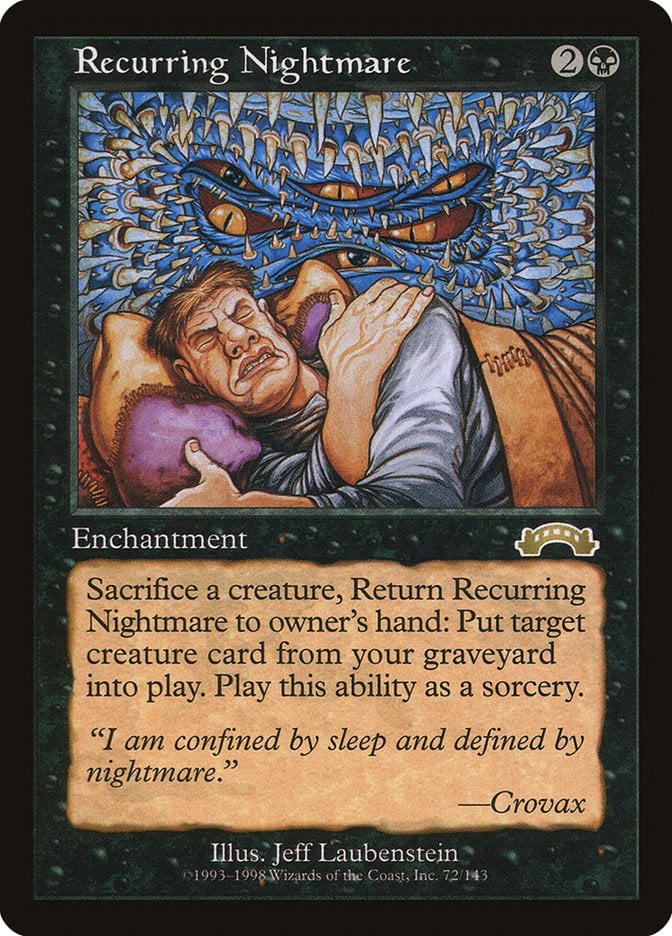
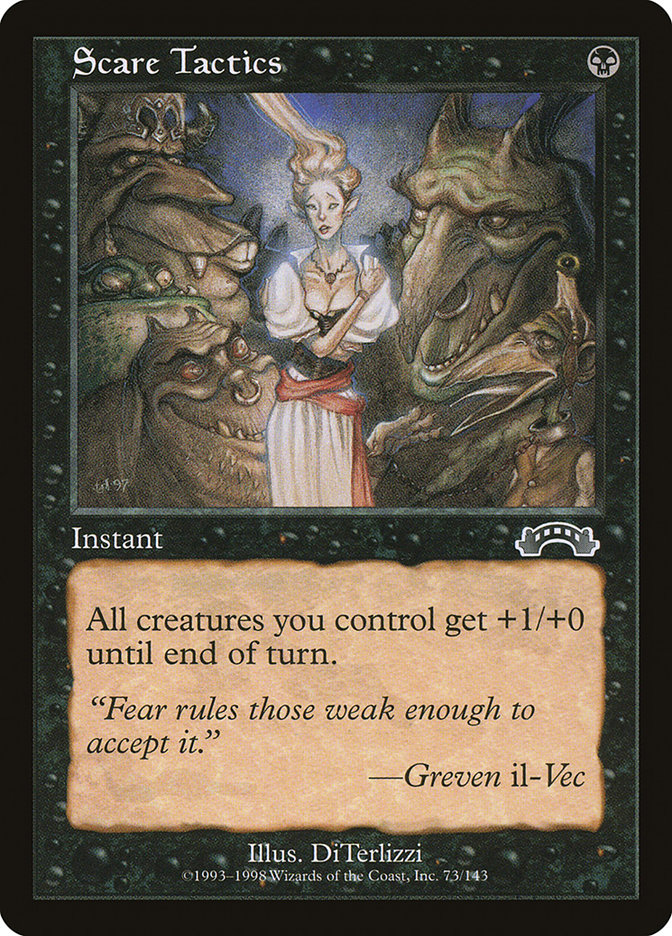

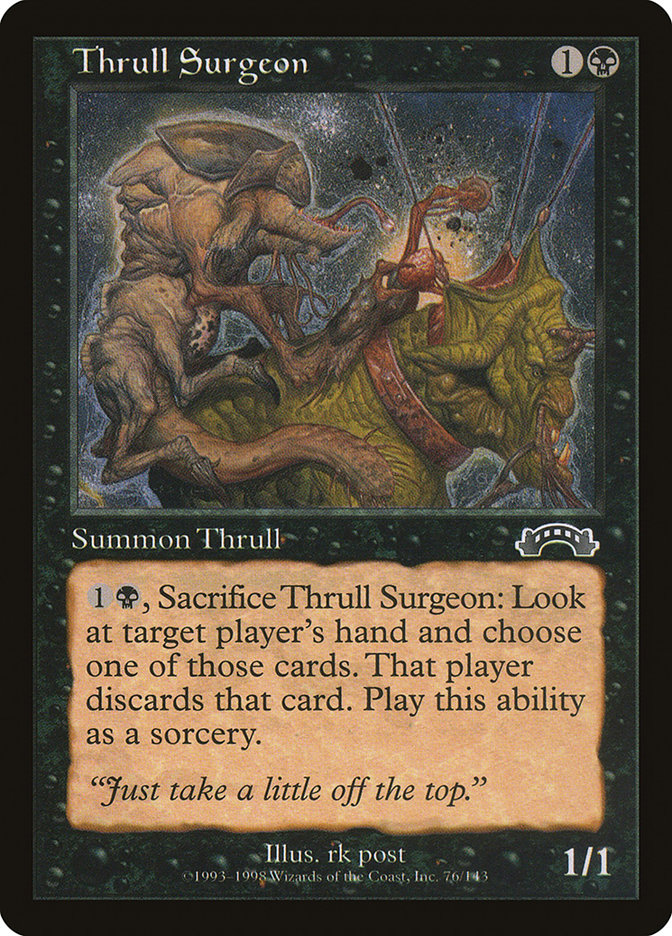
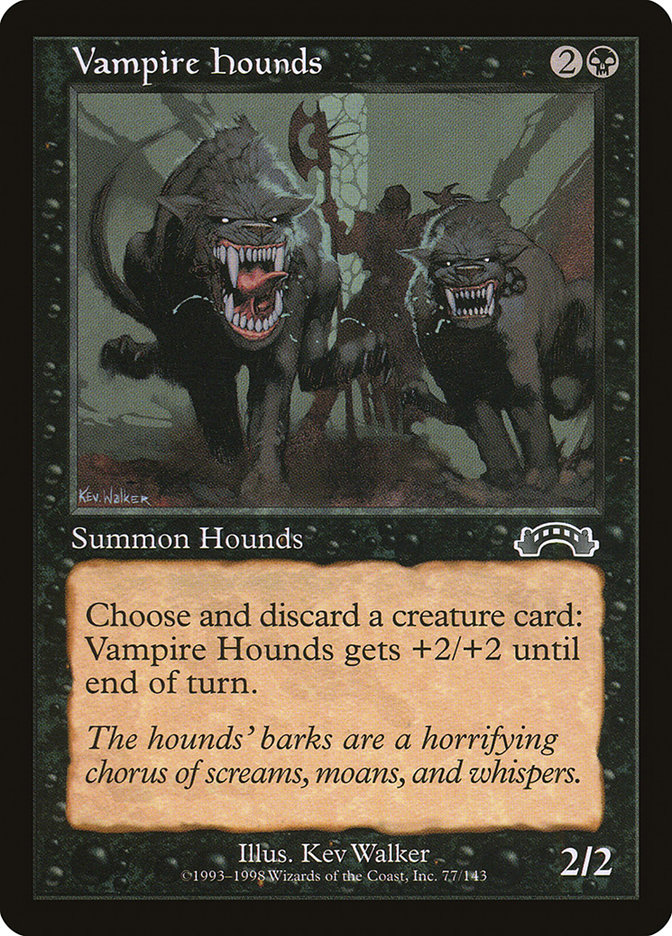


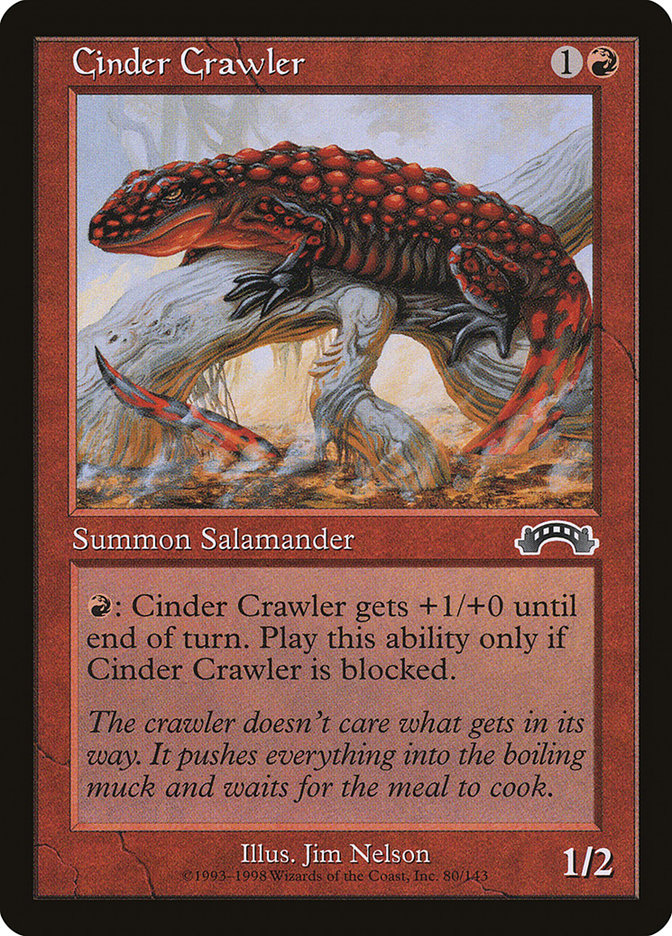
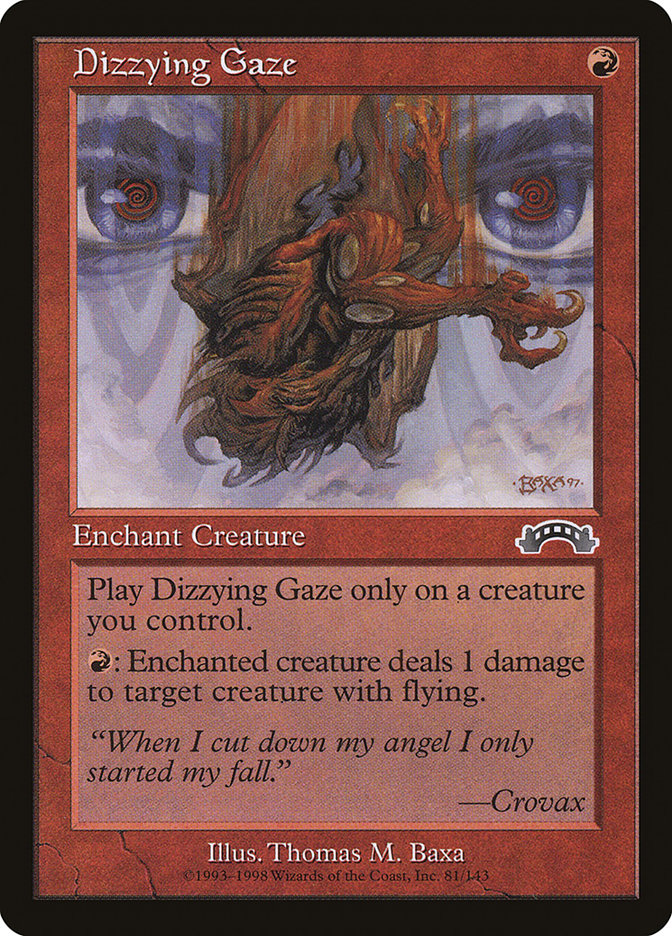




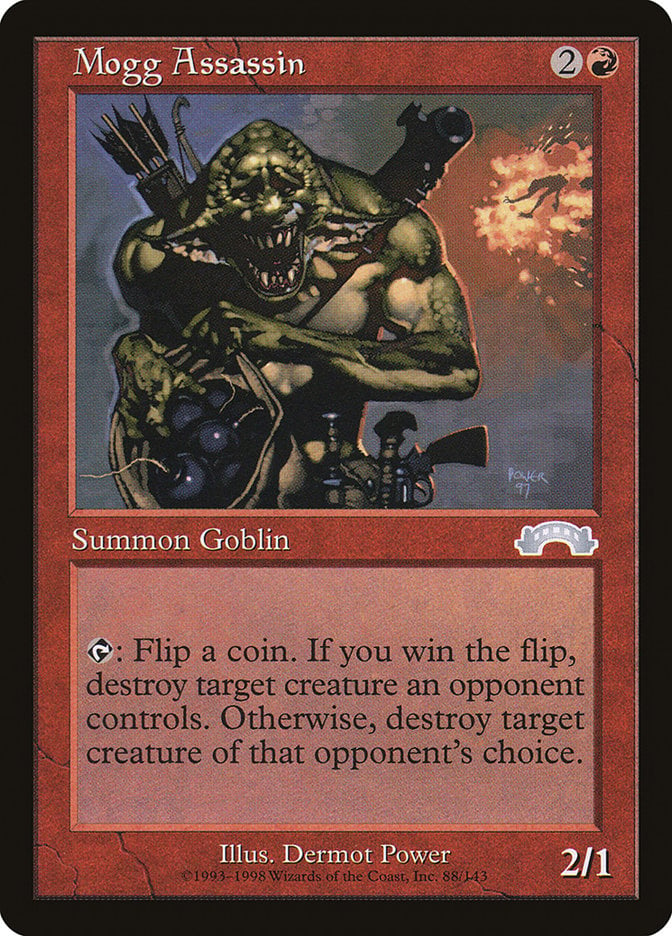
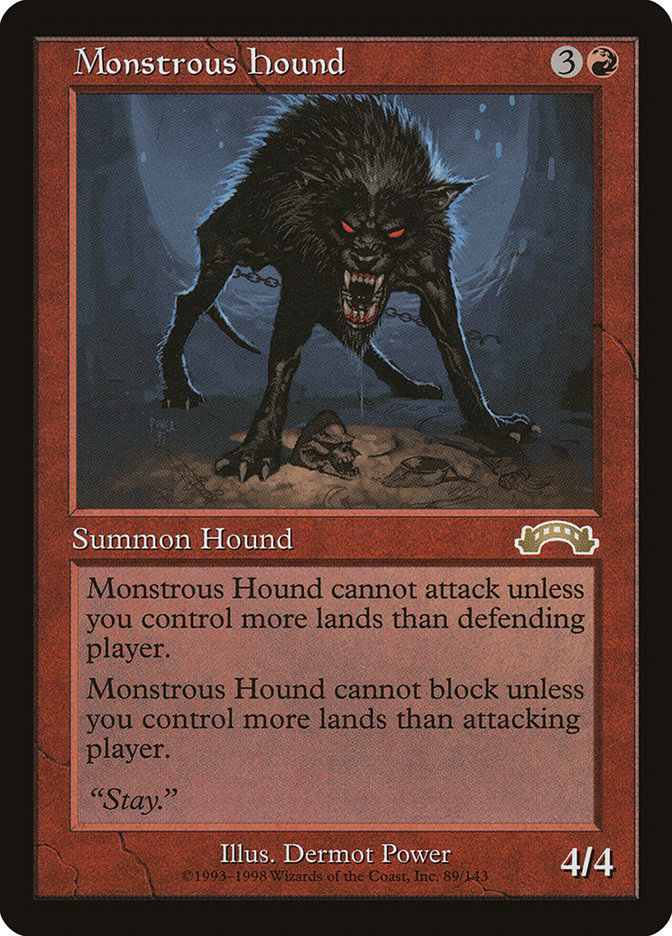
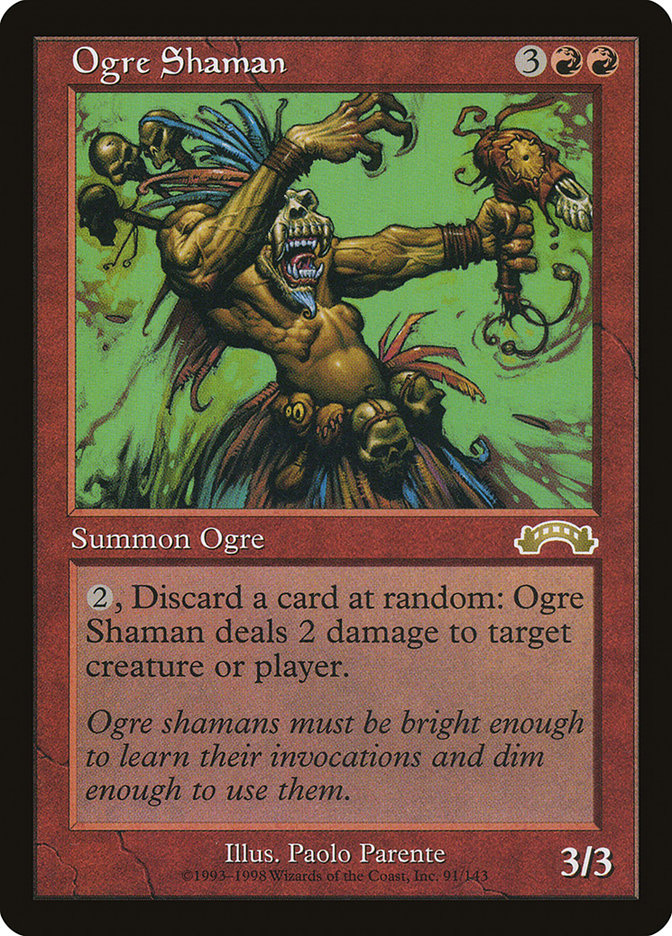


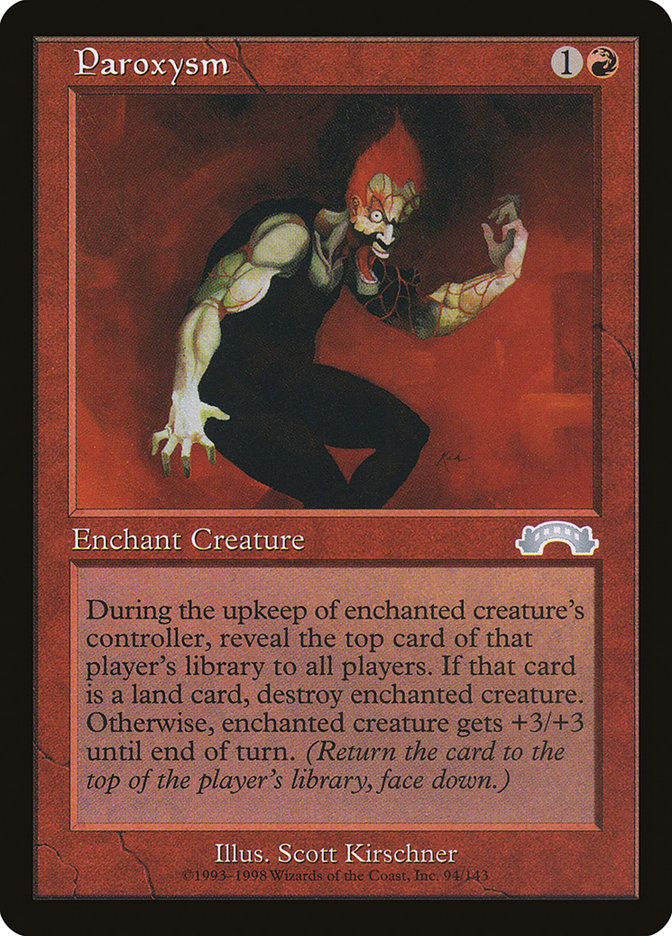
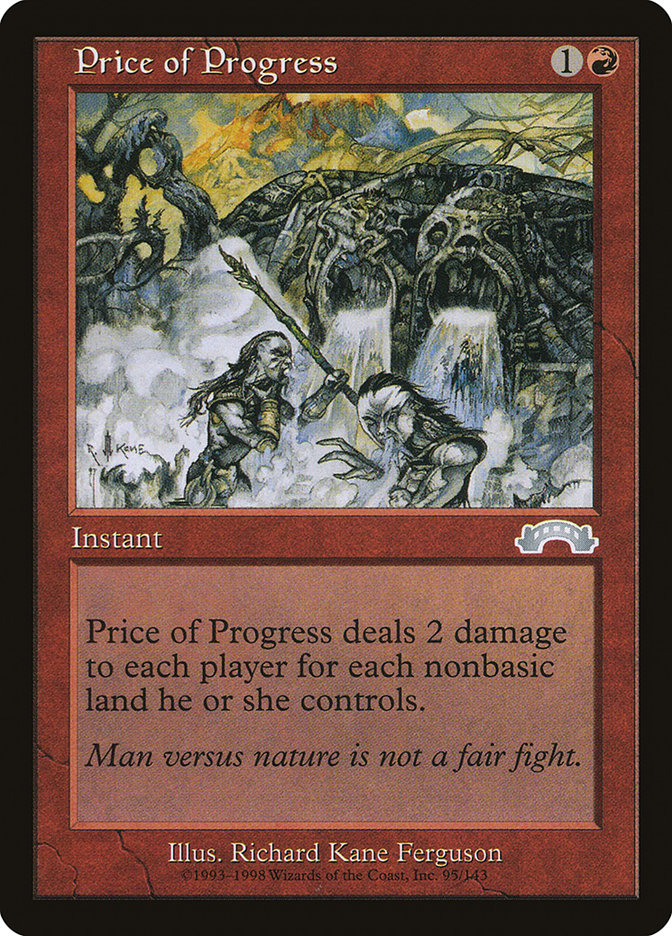

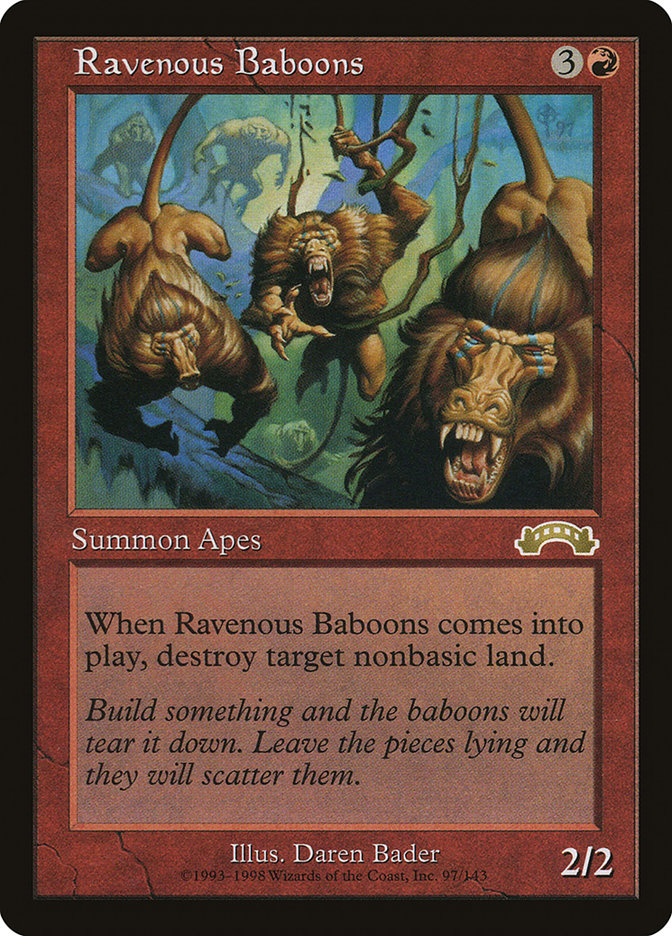
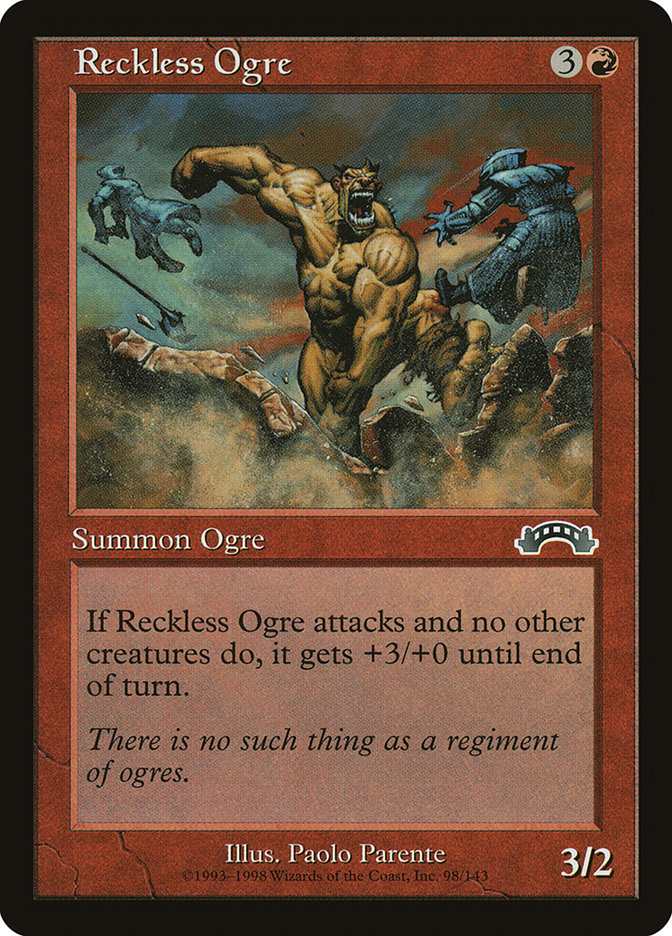
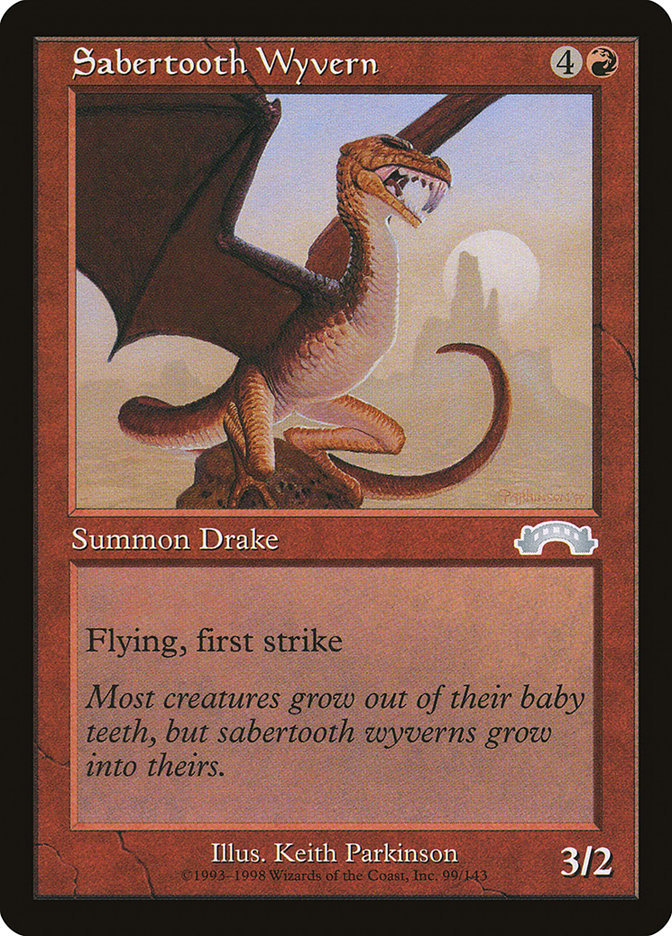
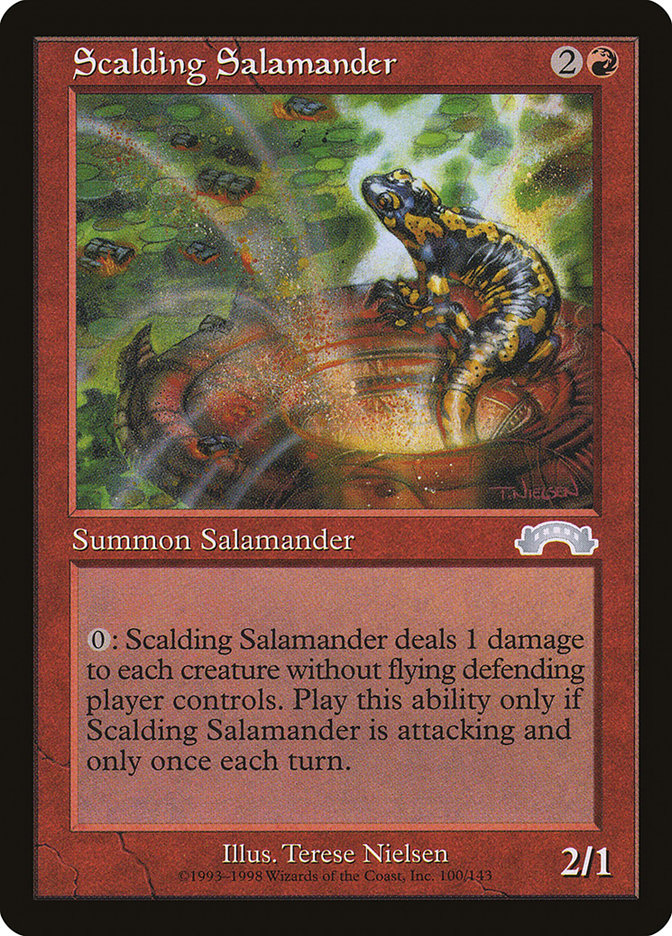
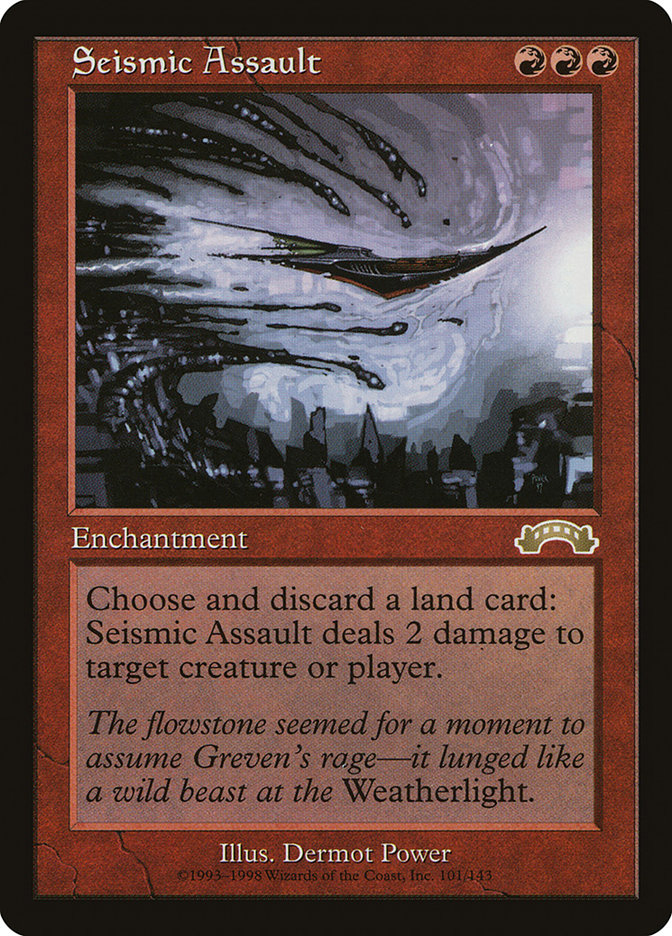
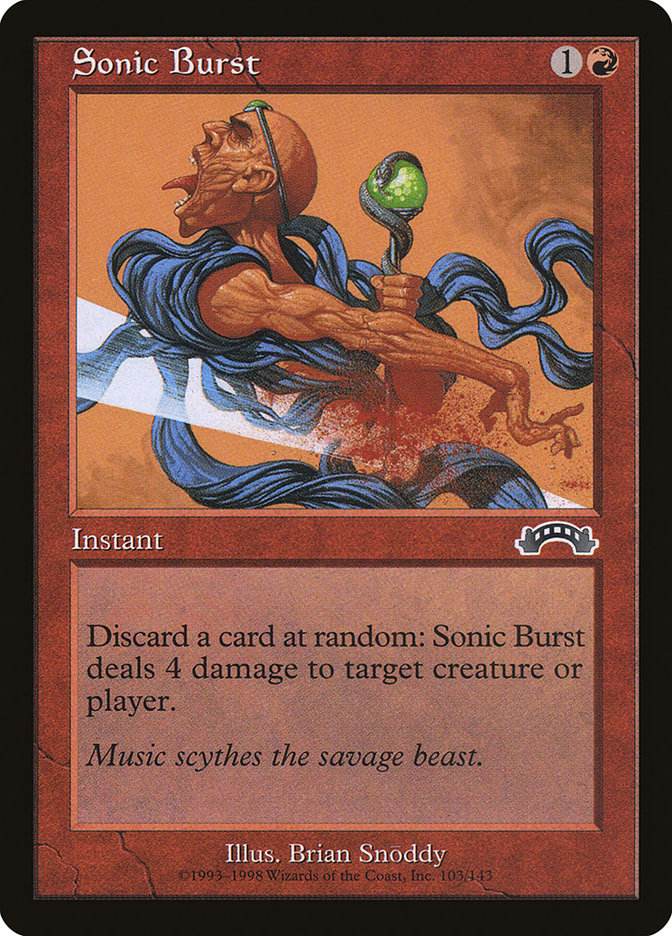

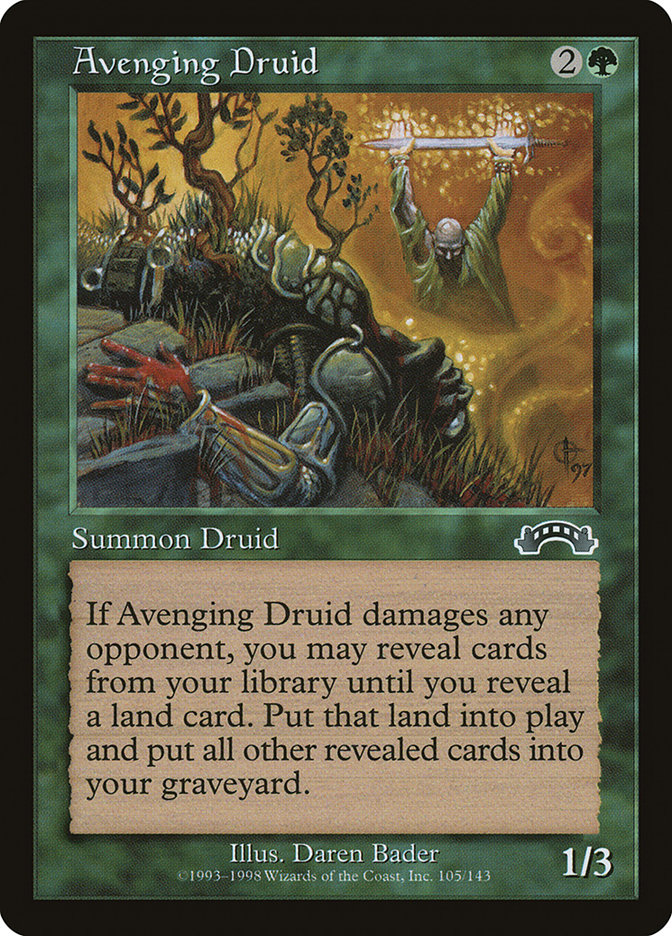



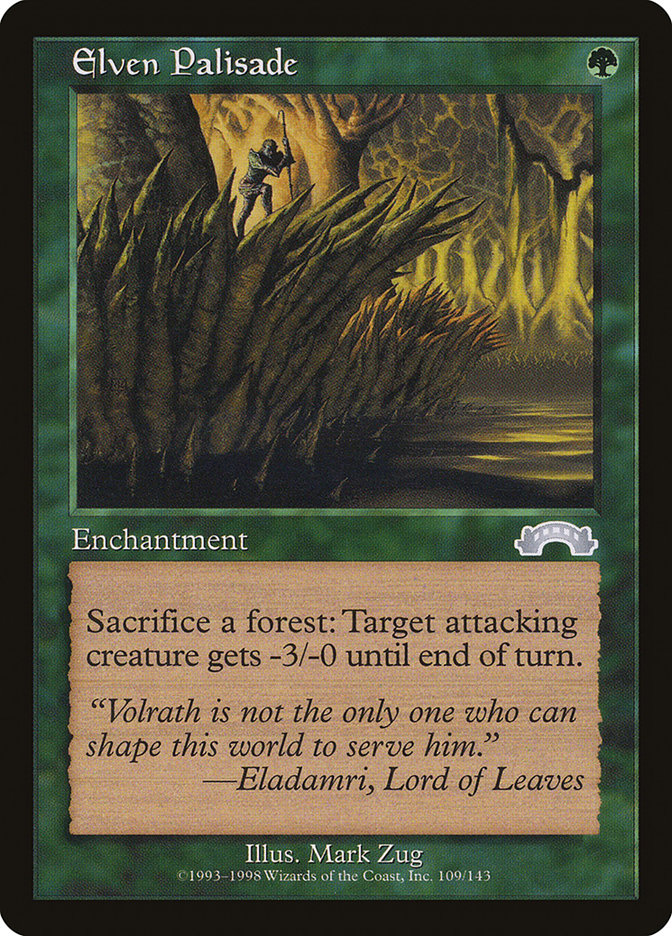
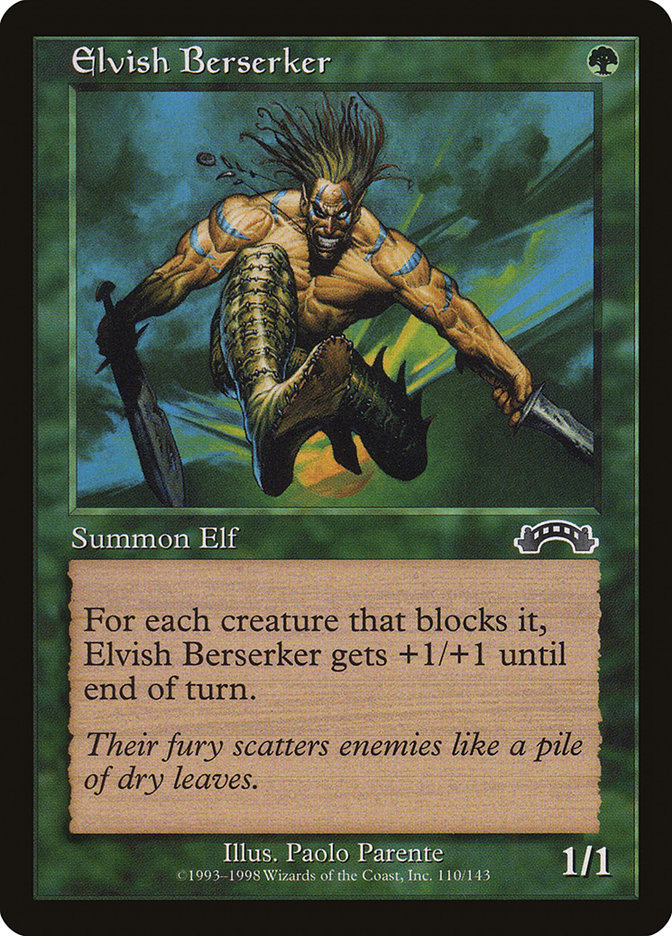

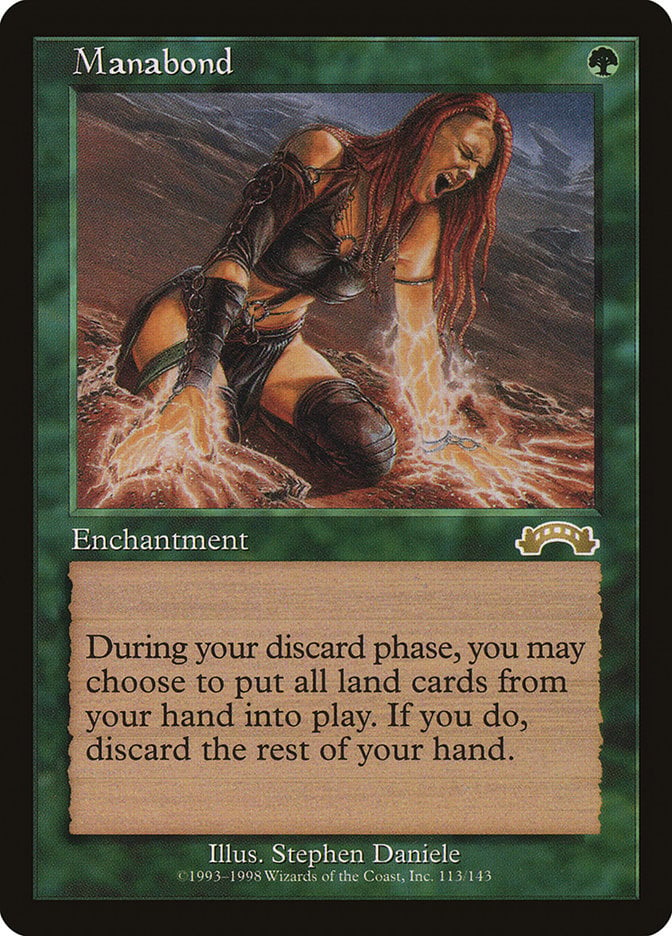
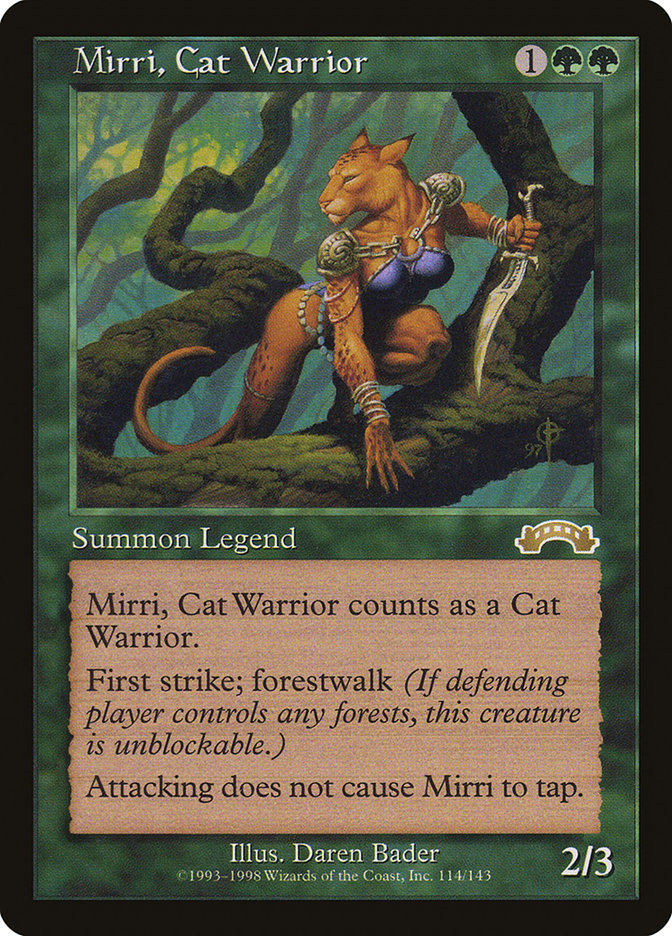
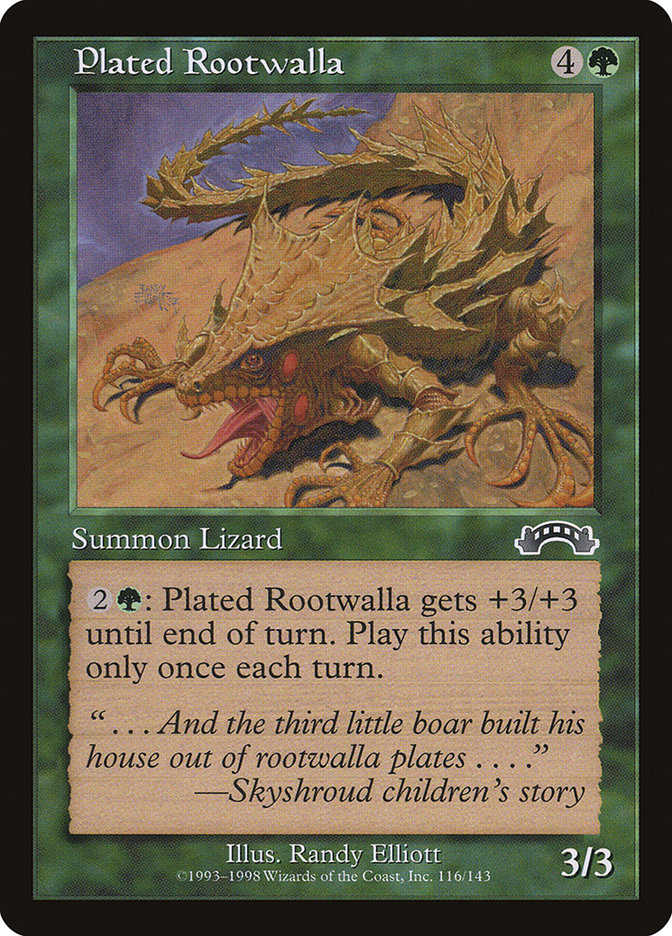
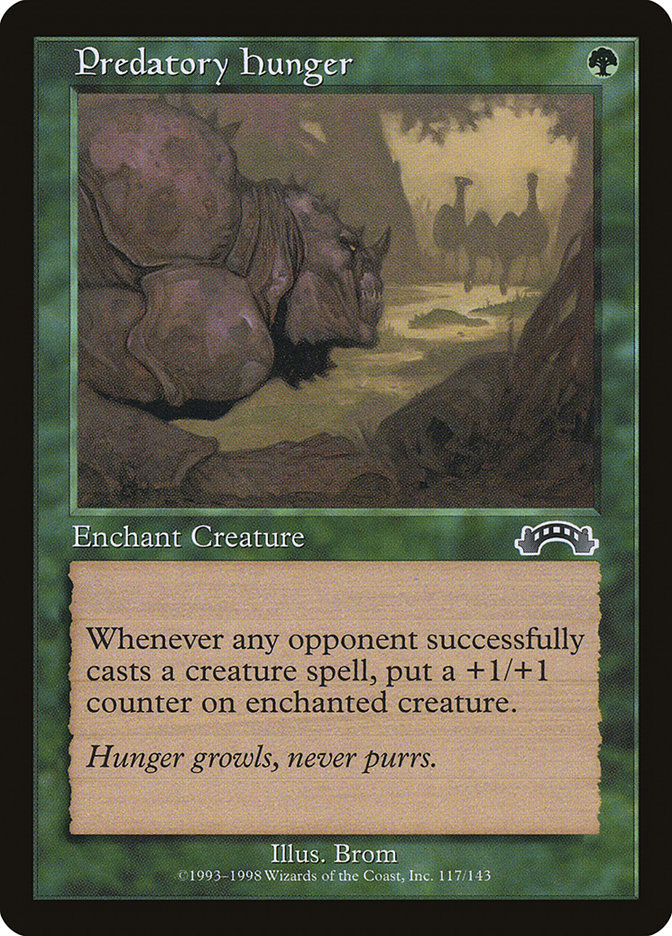
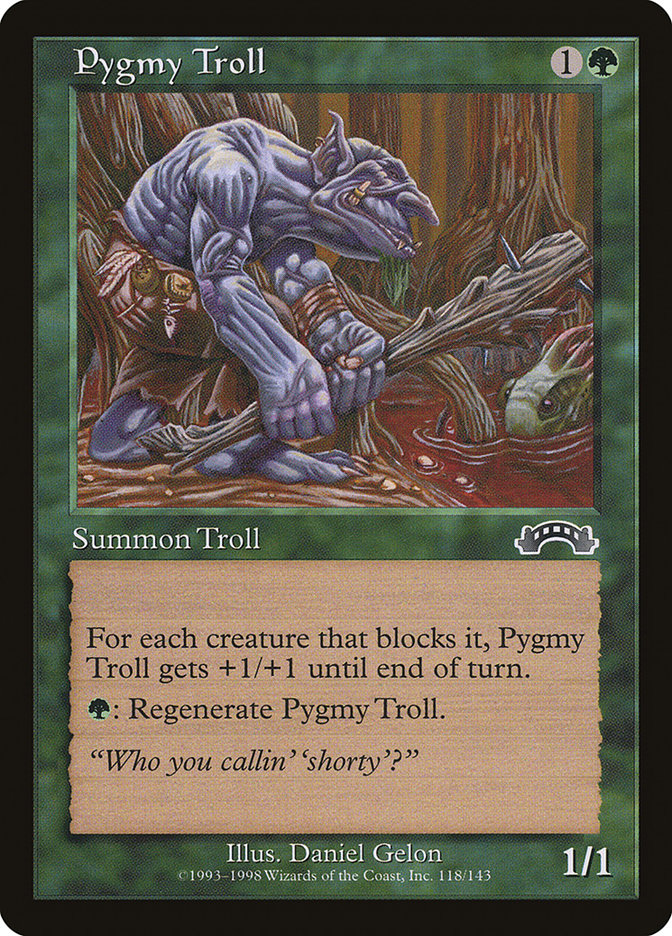
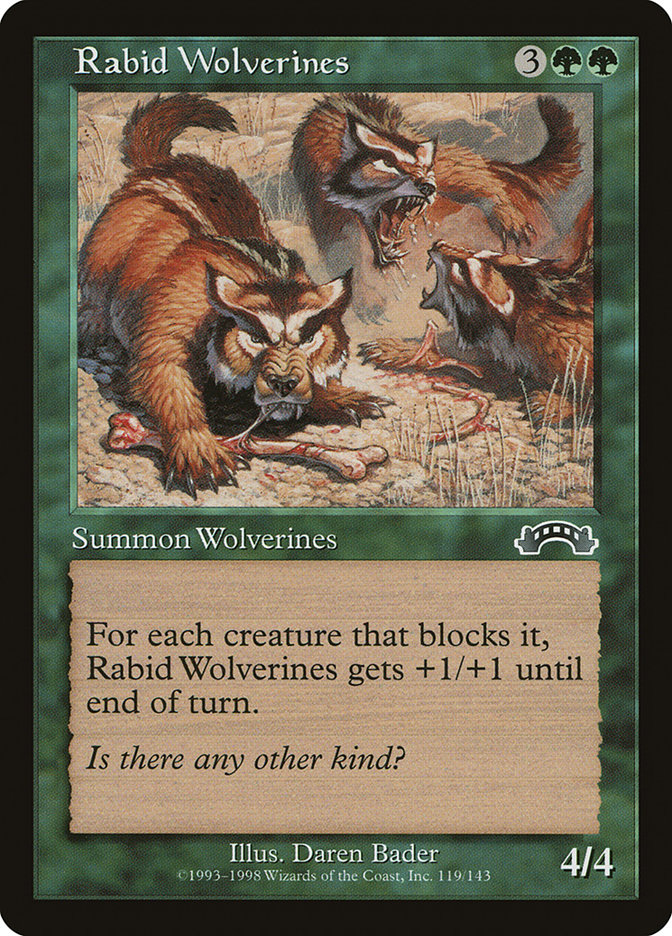

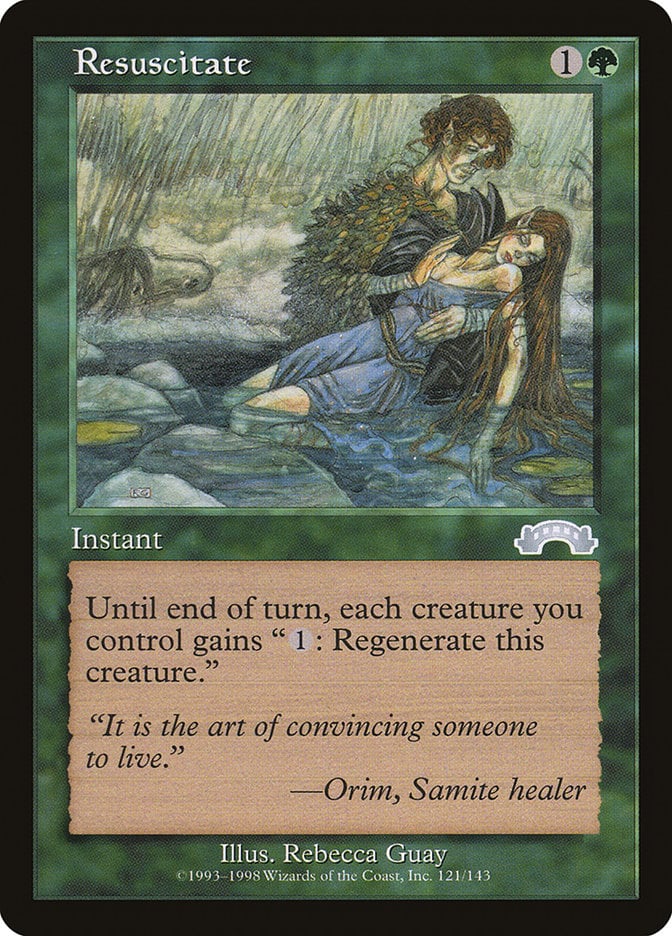
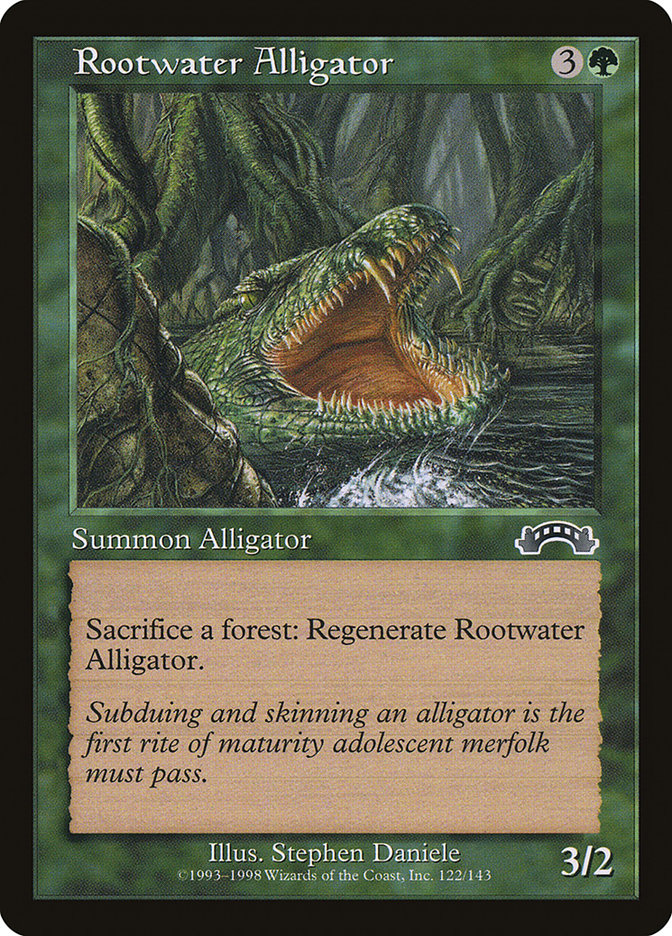
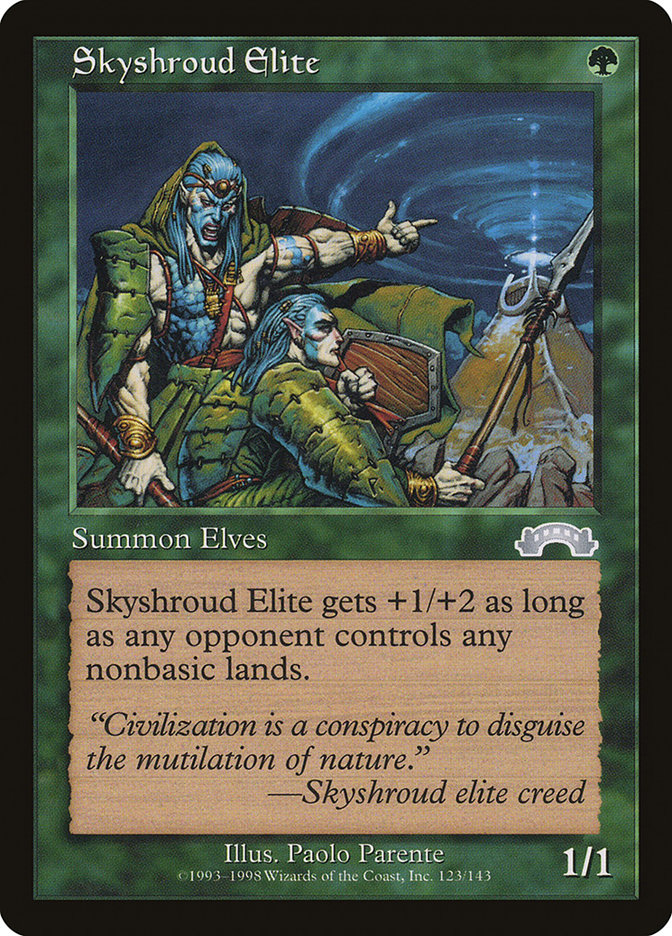
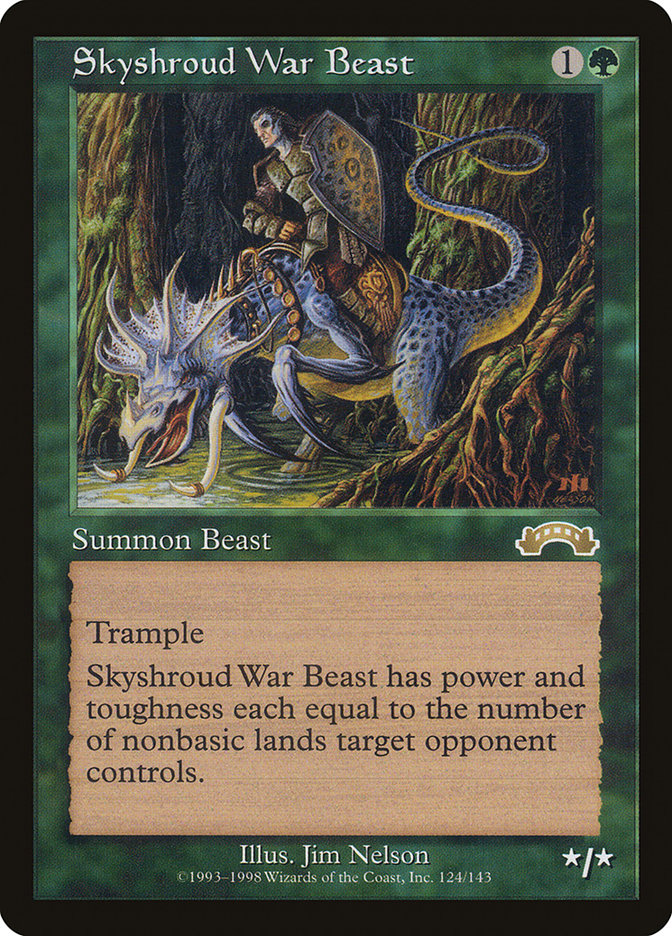

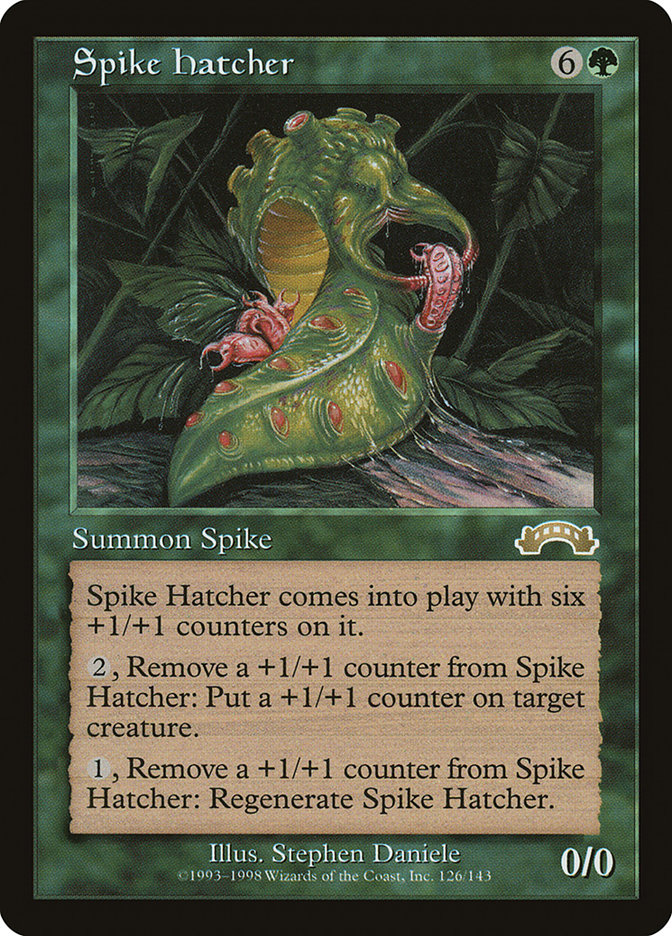
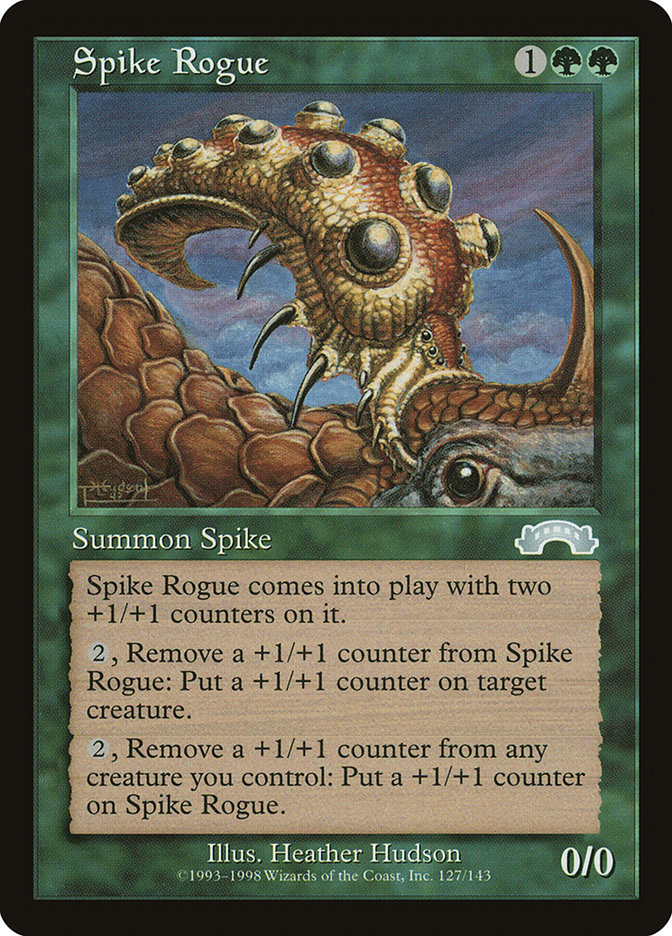
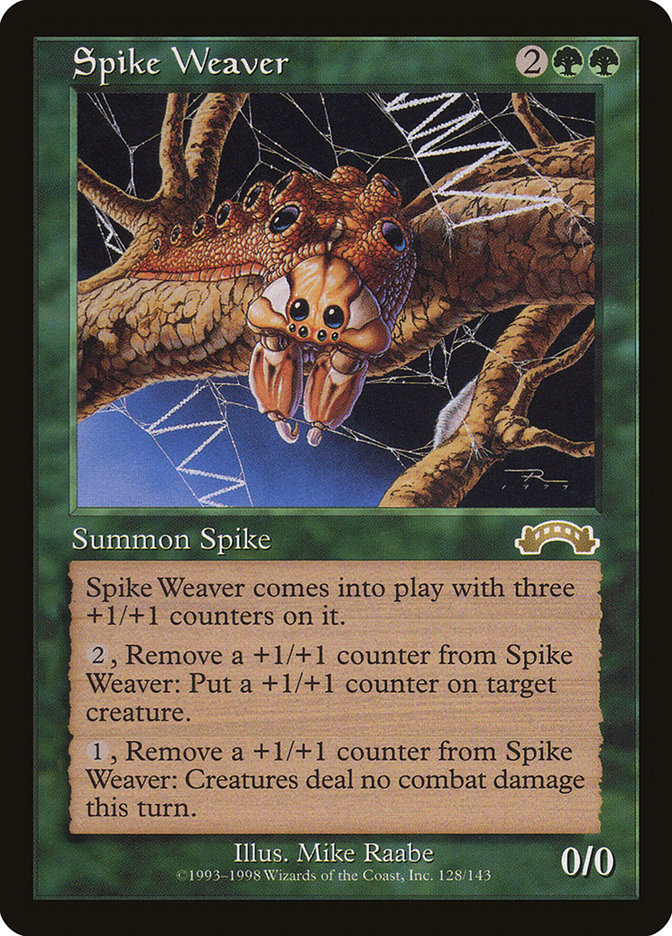


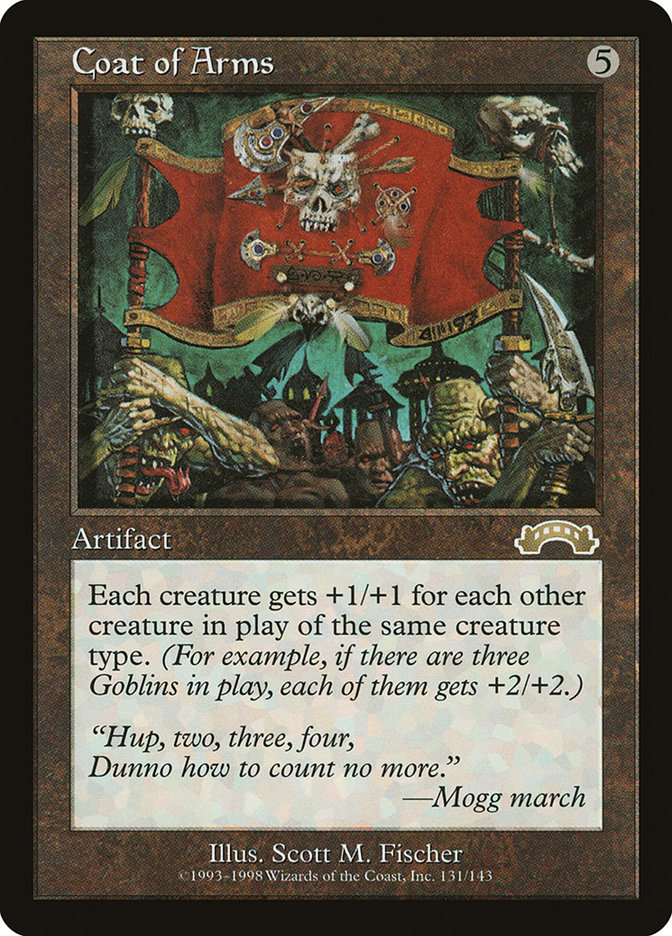
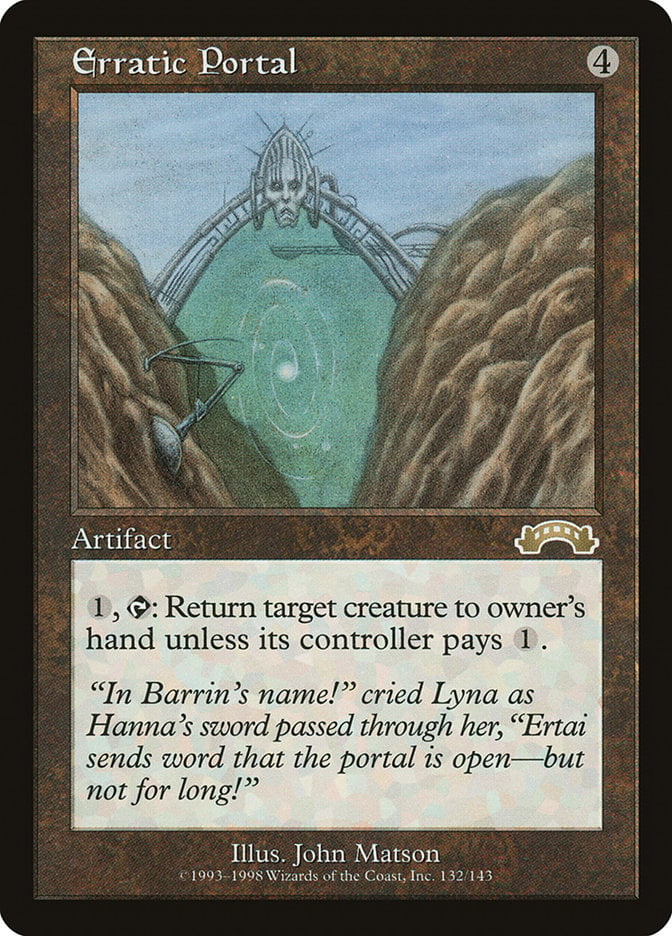

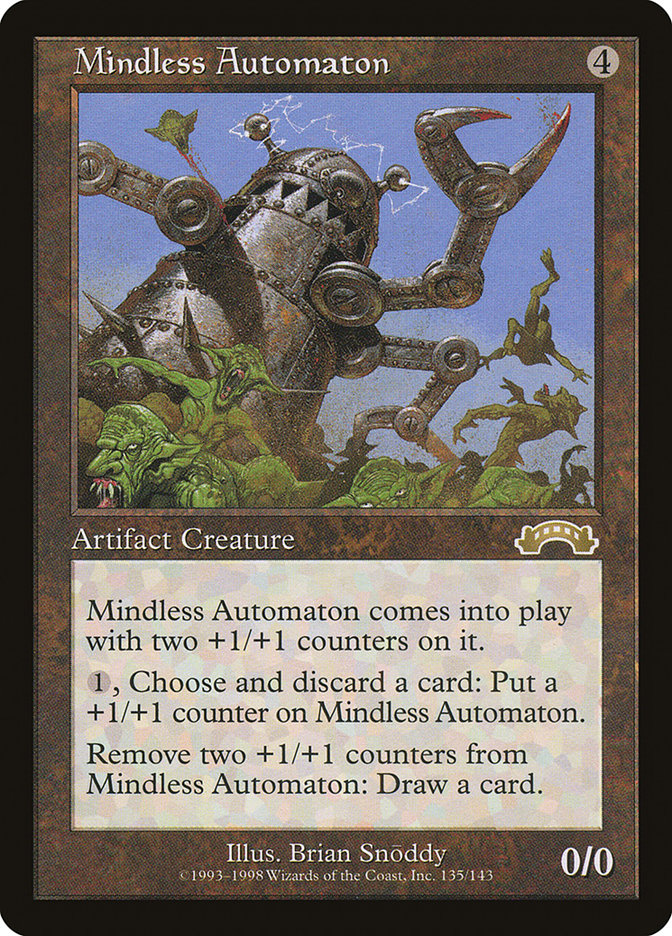
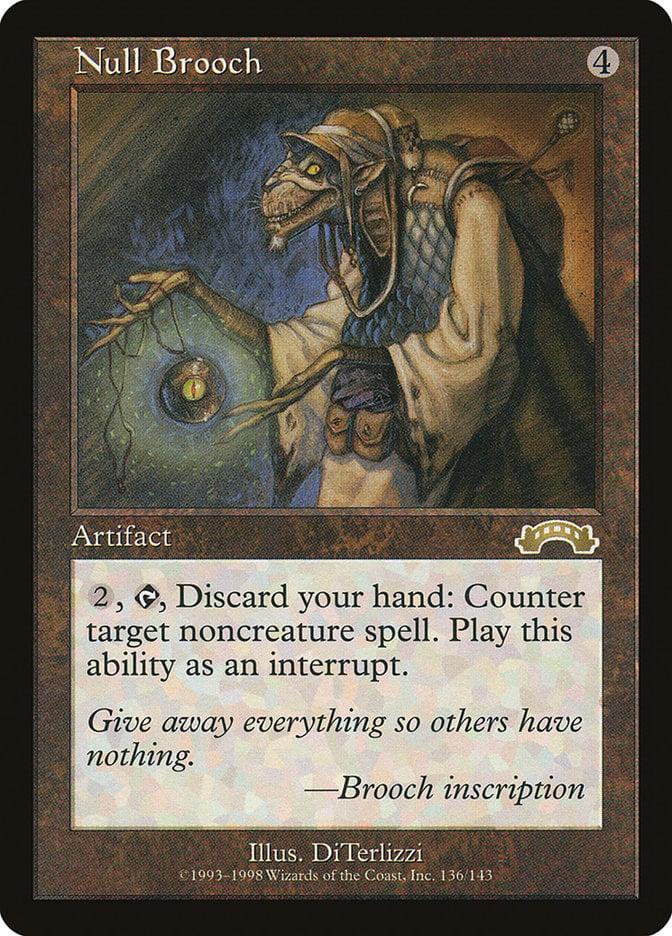


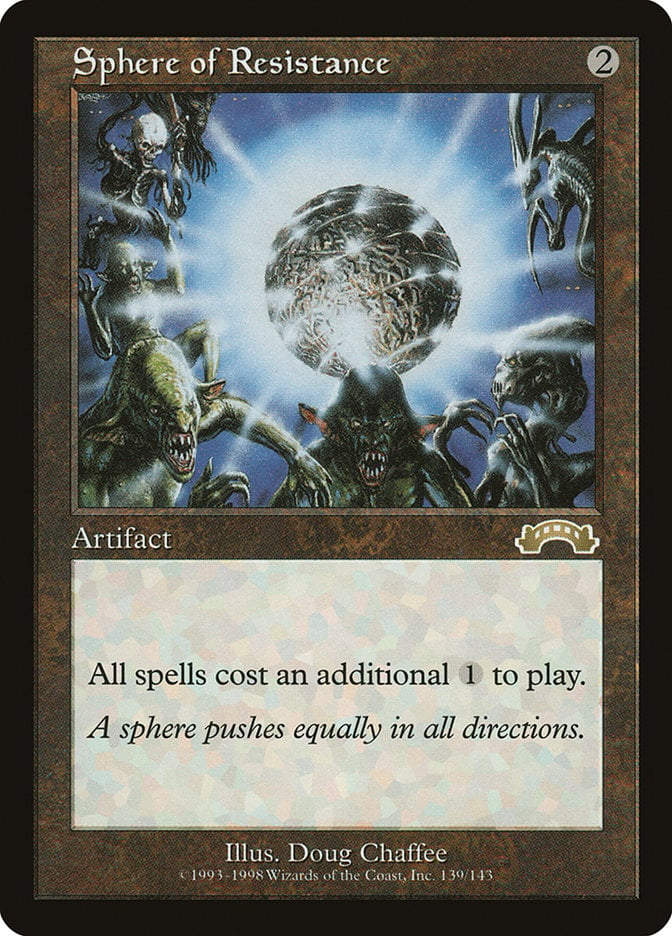
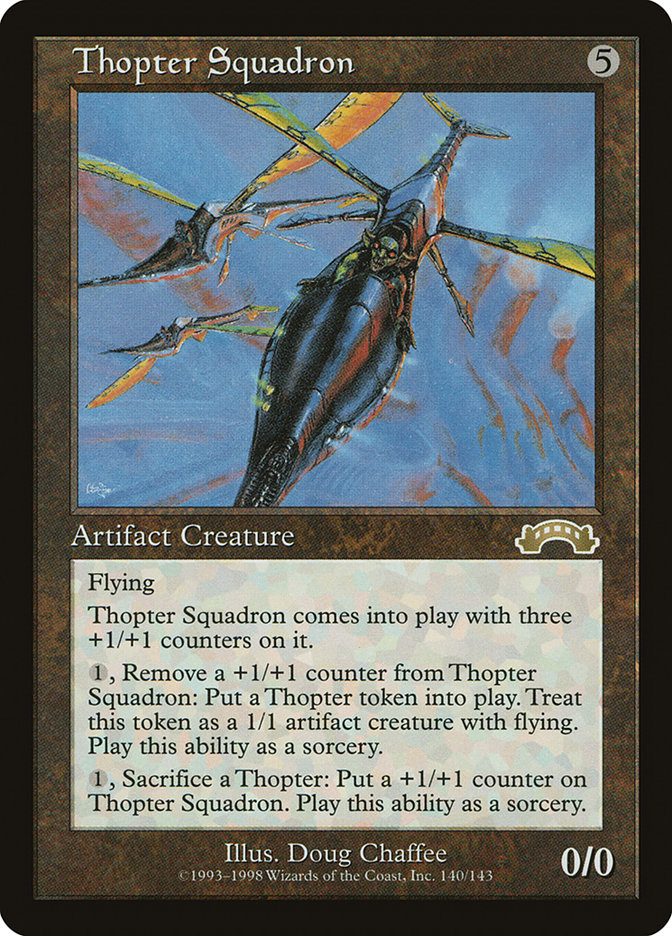

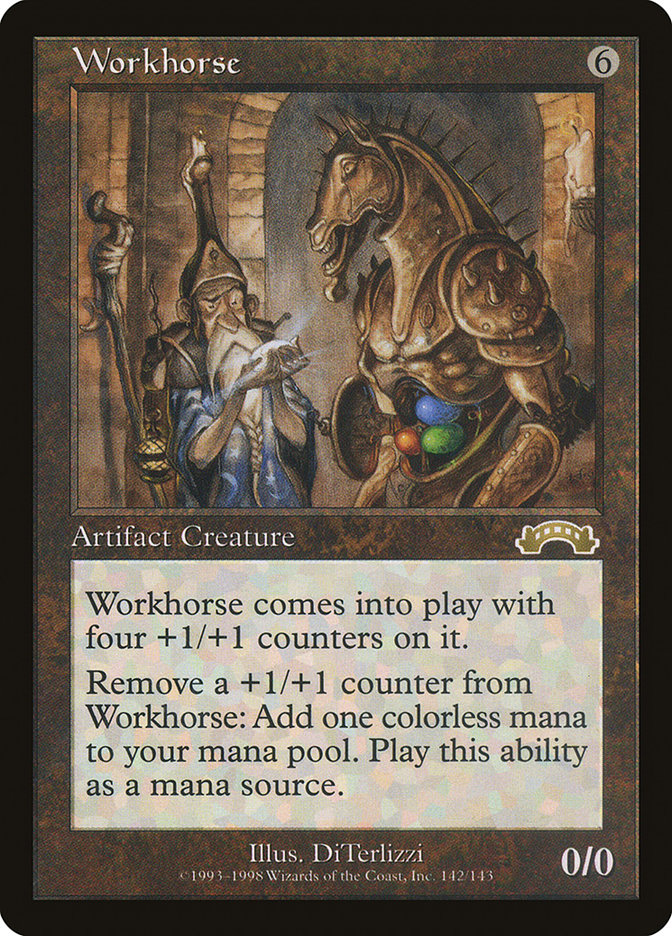
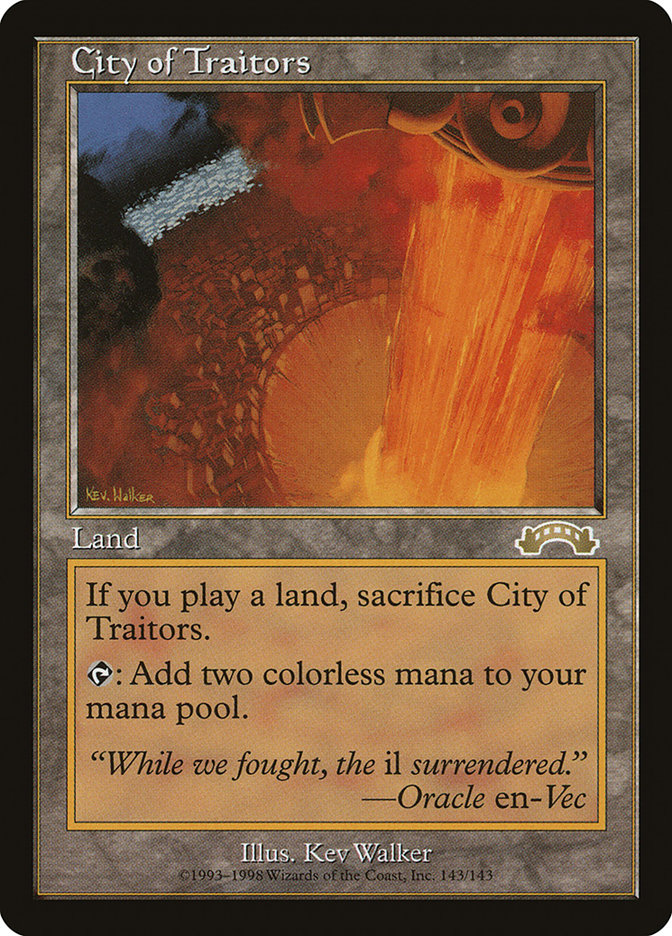



Add Comment